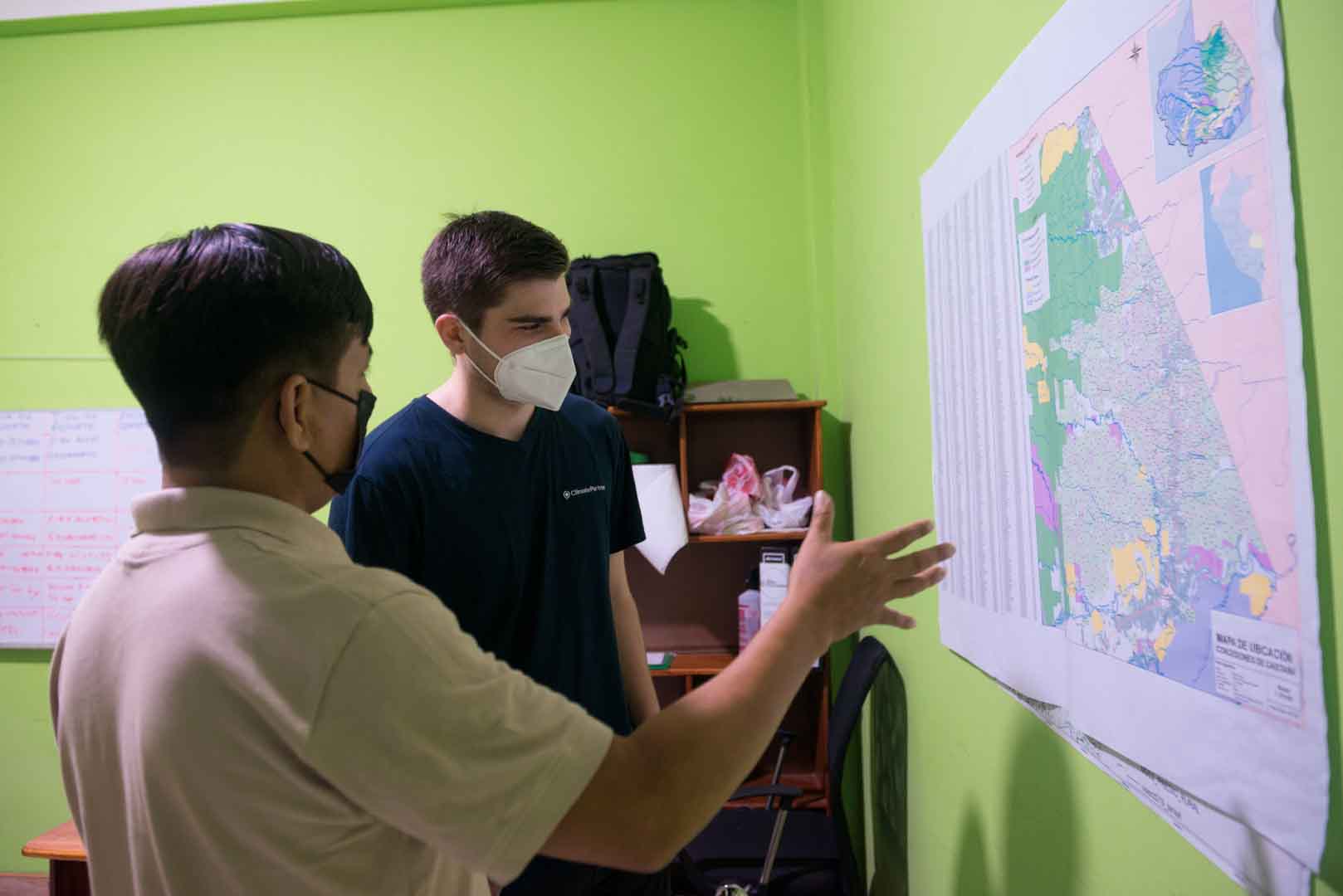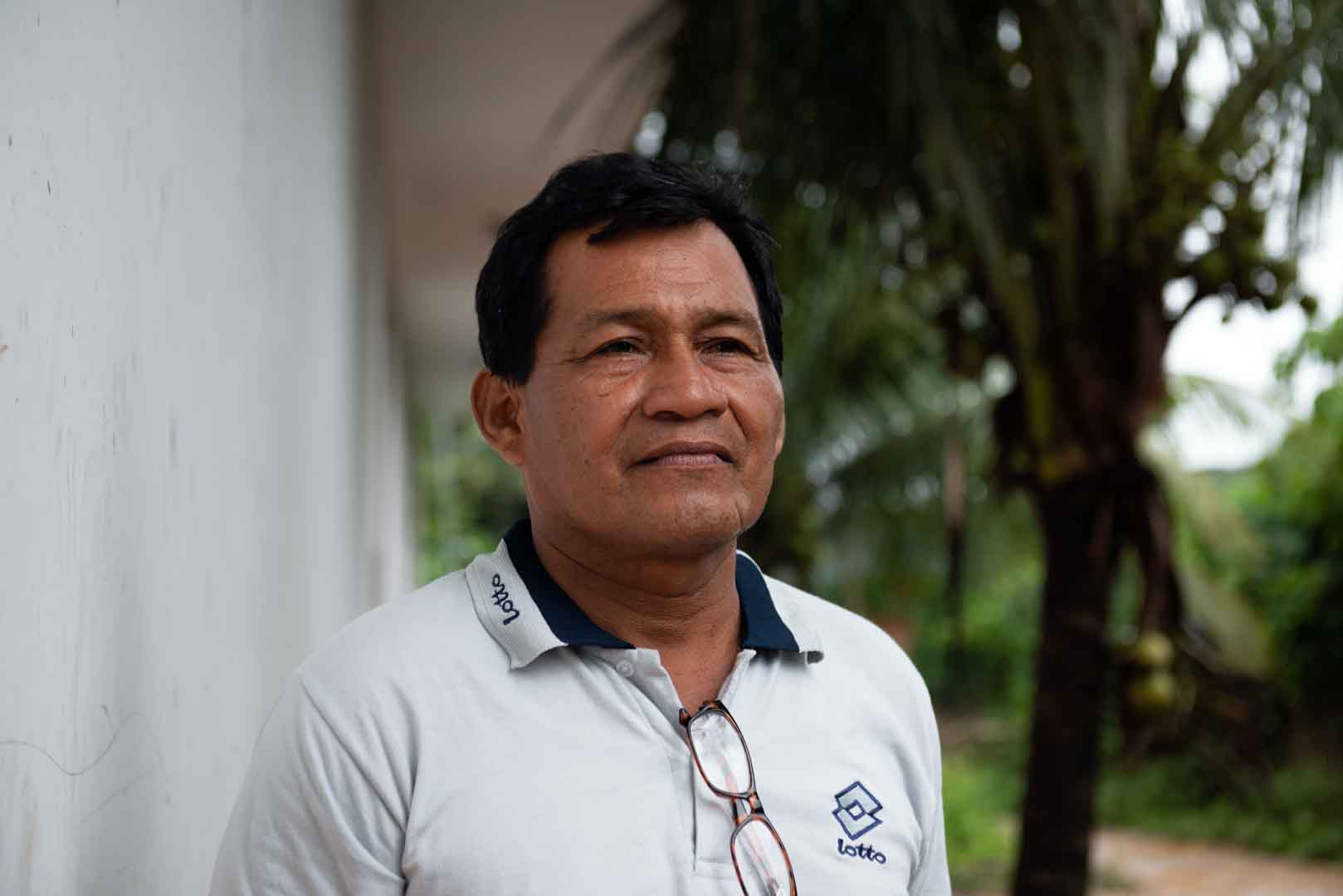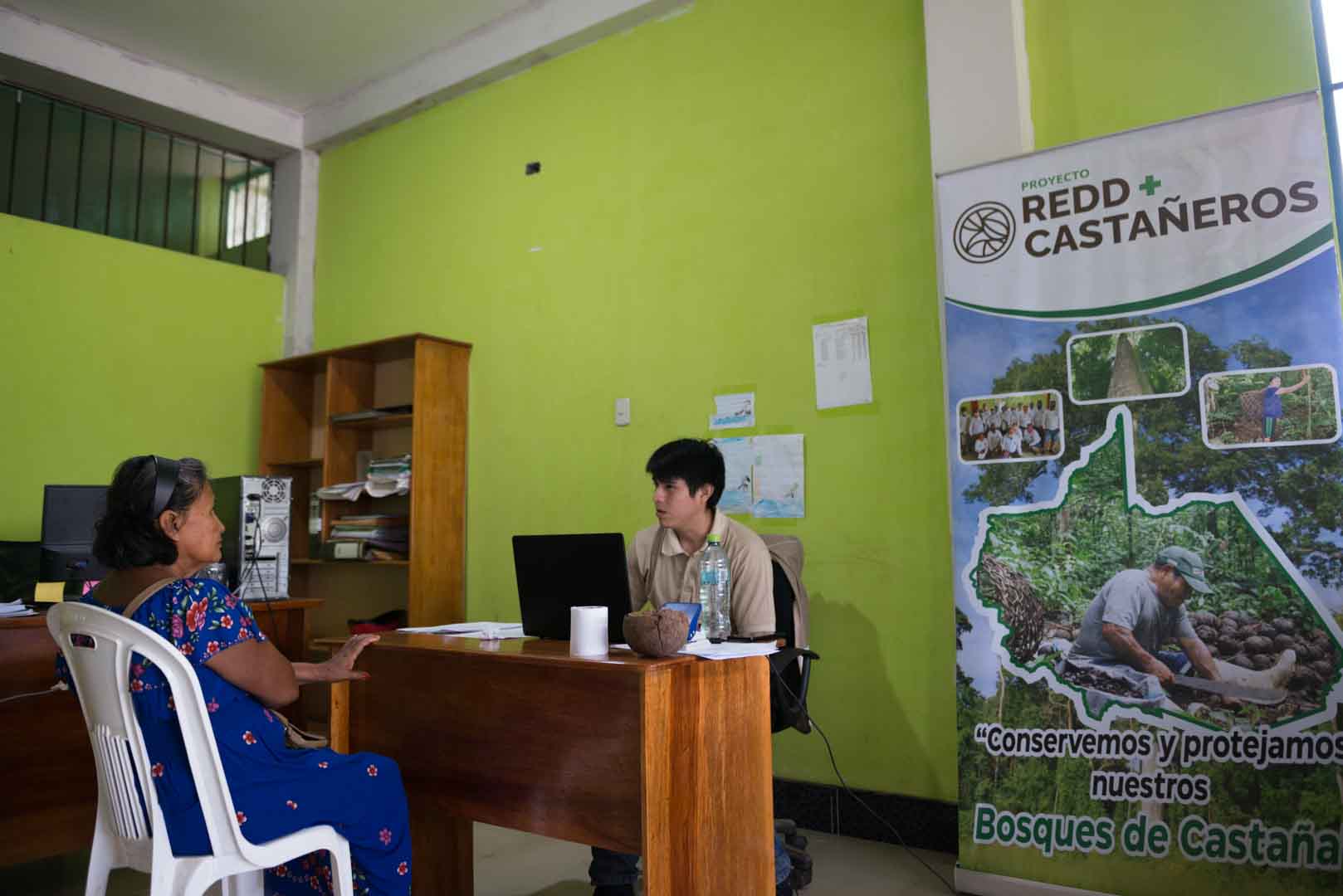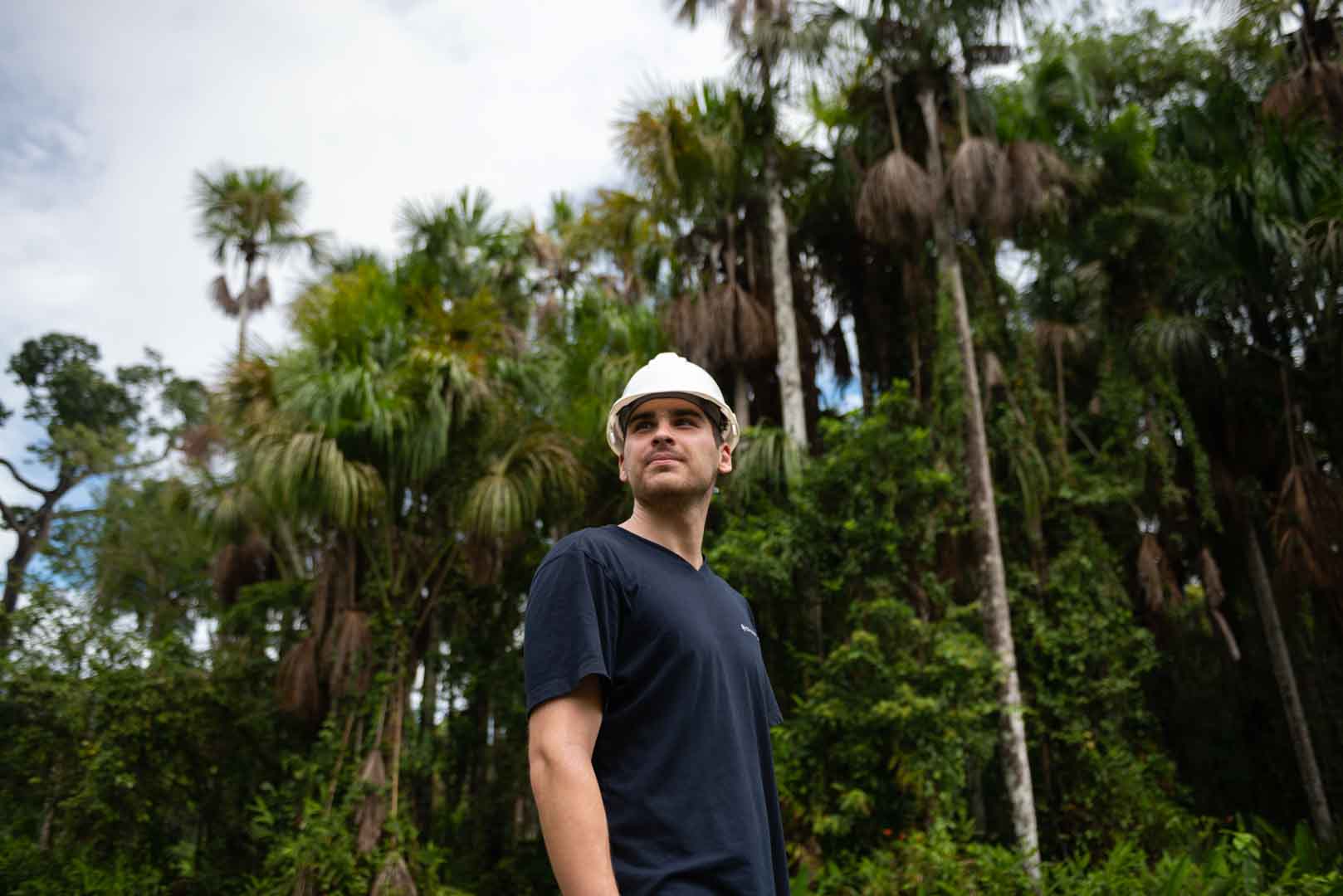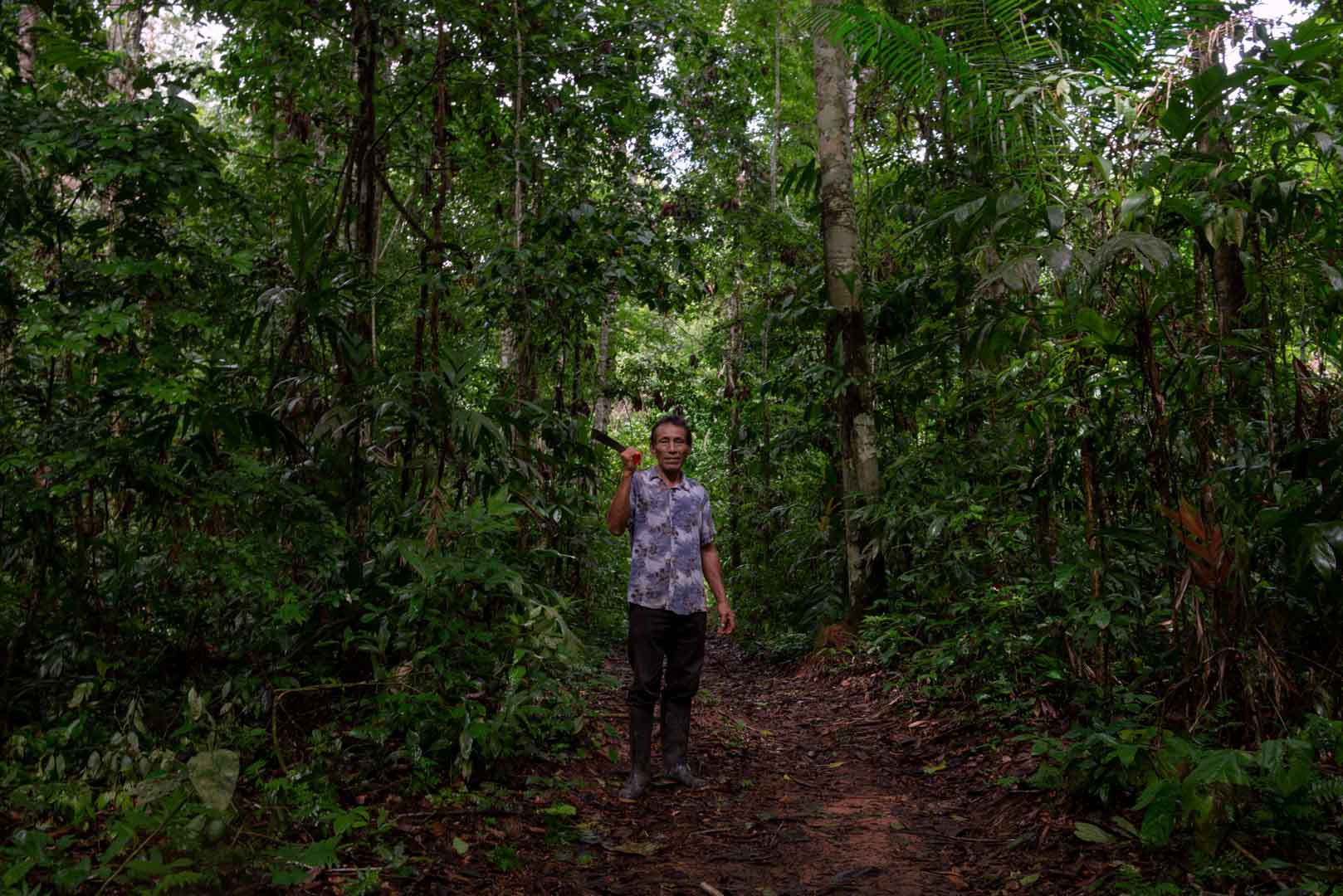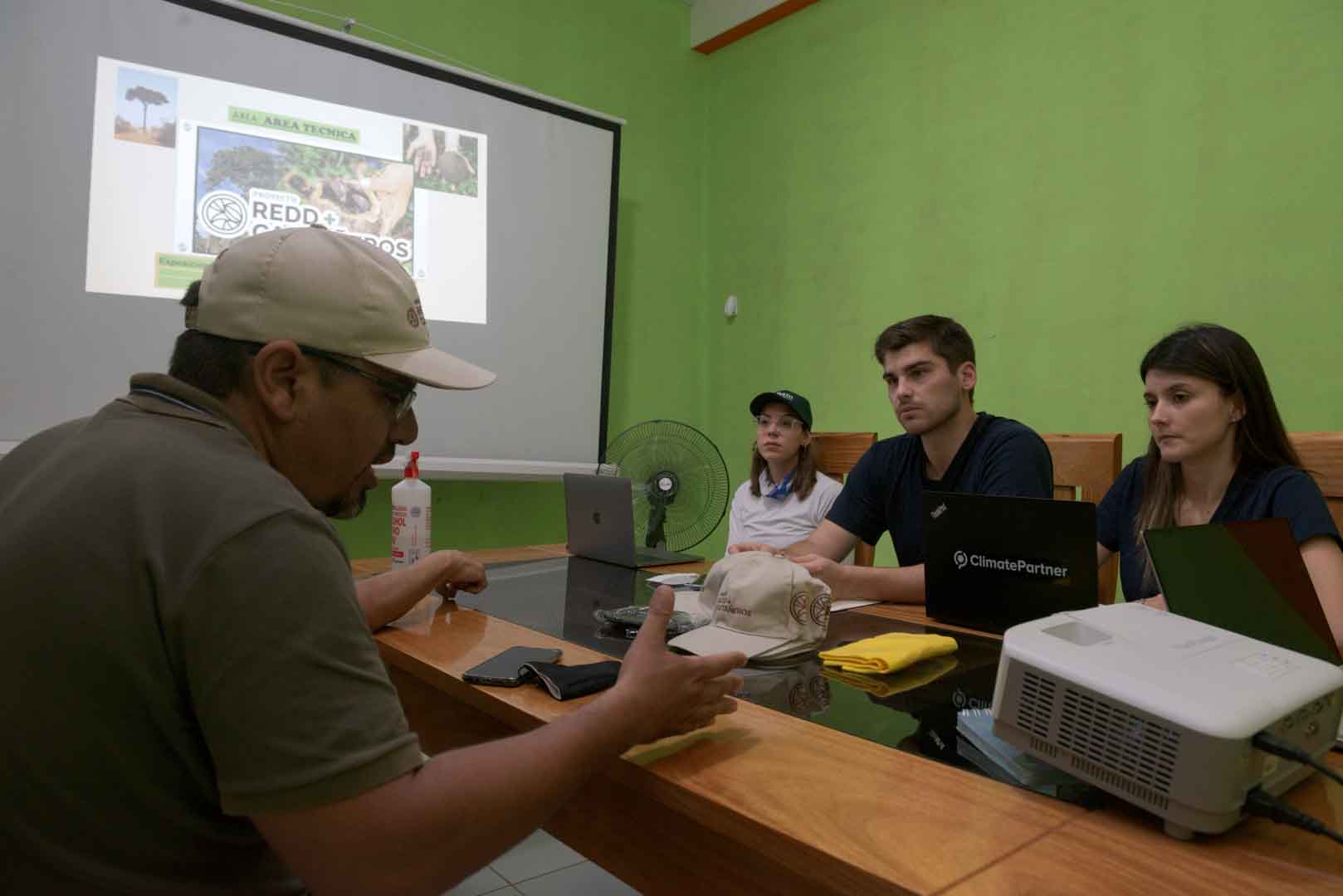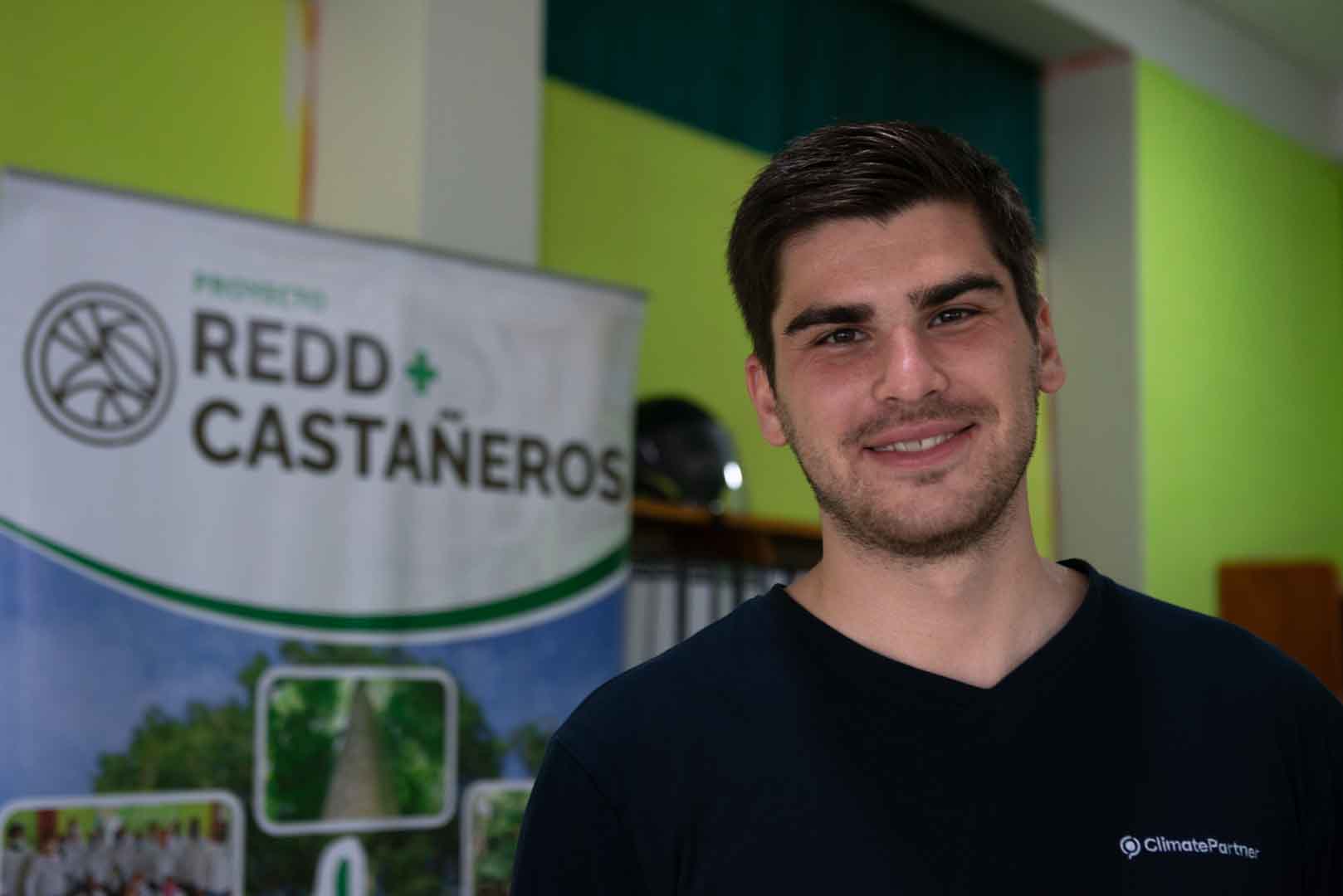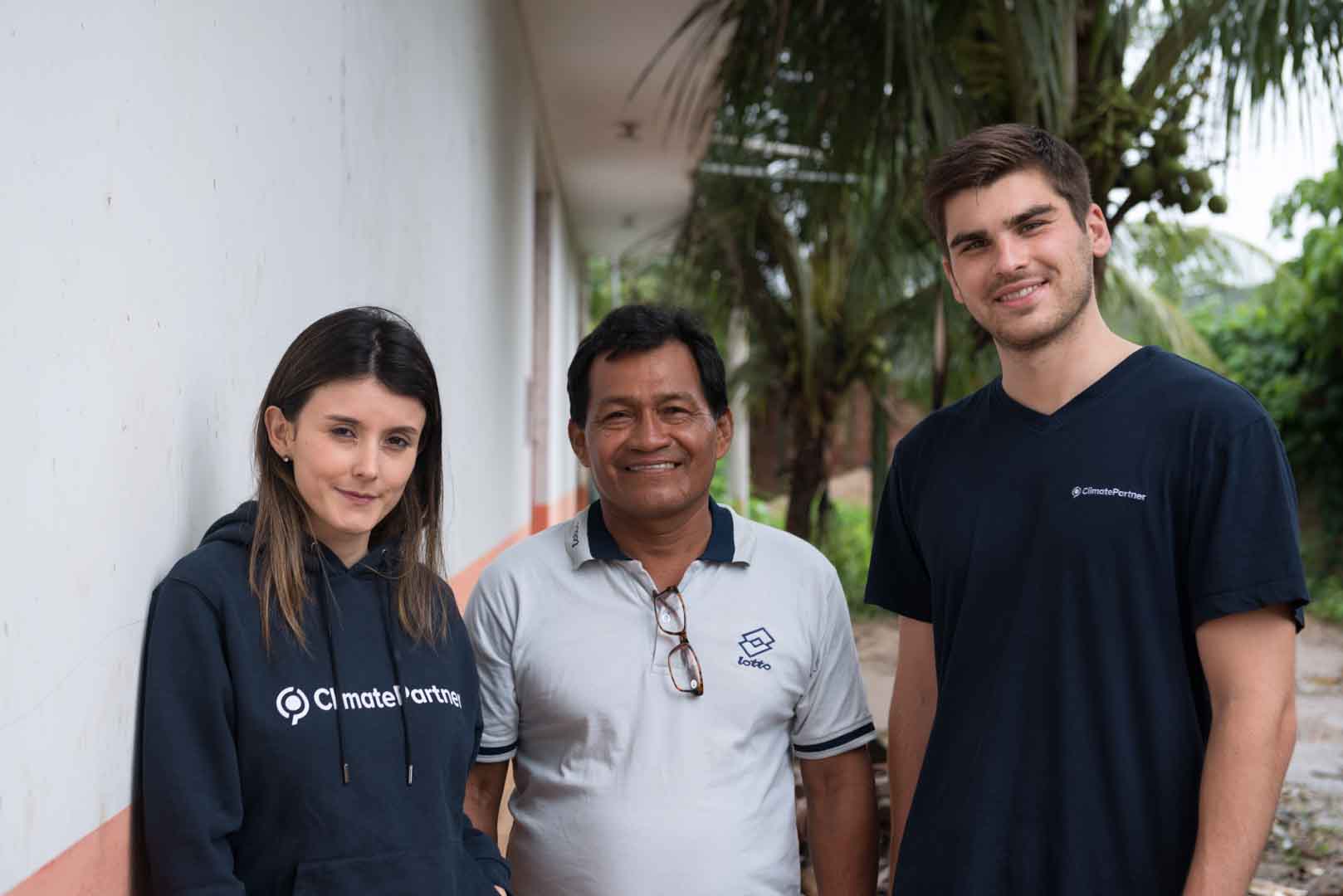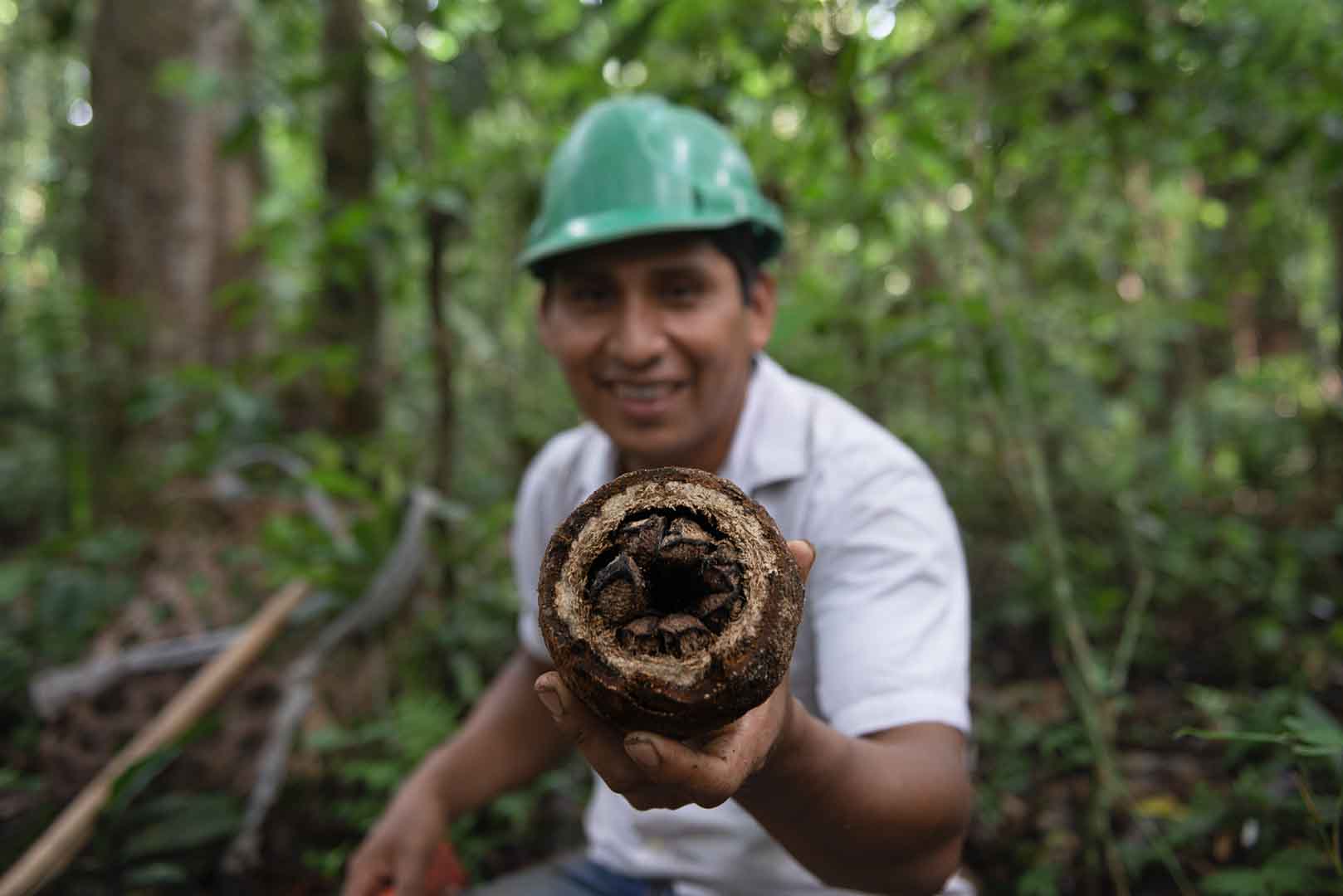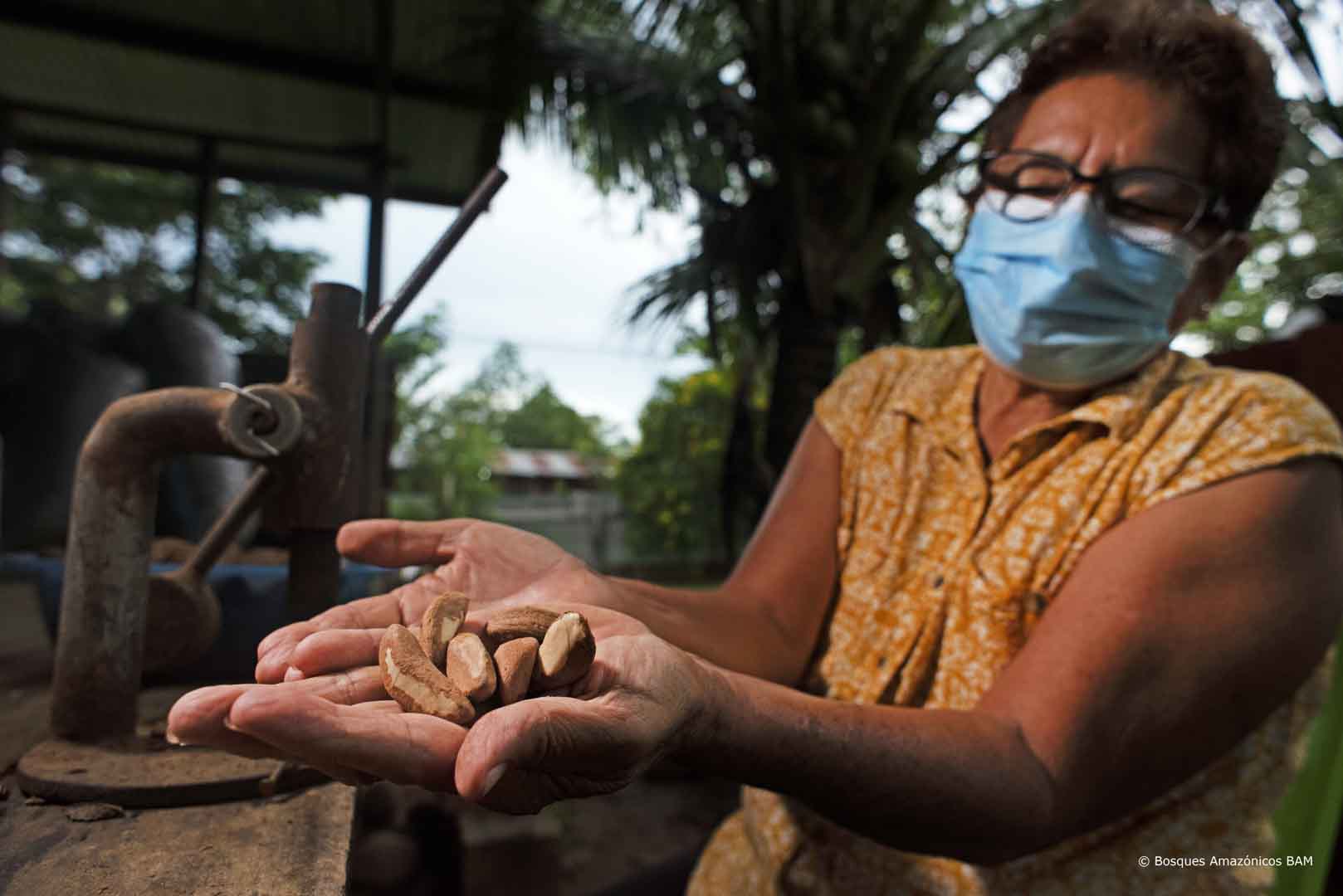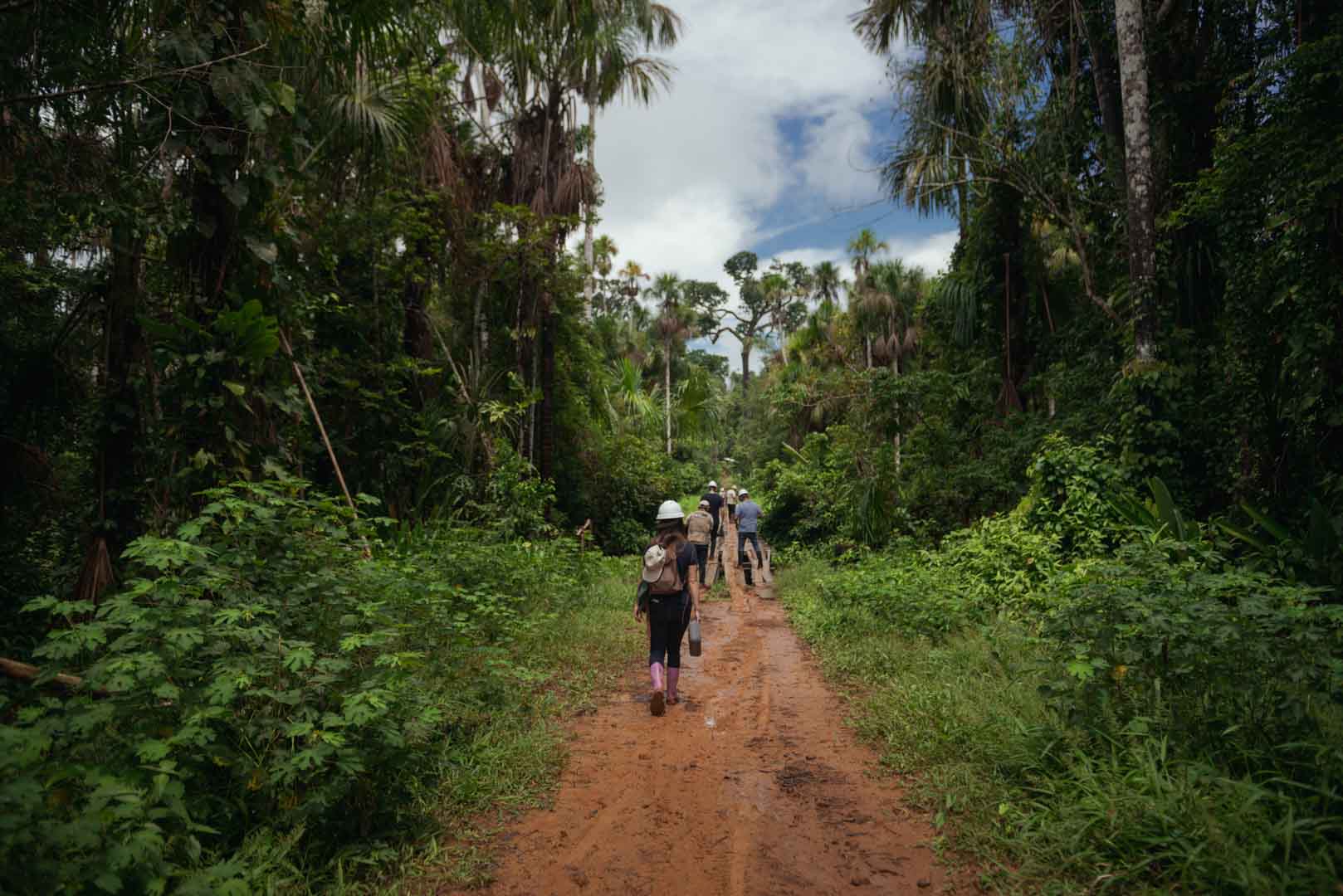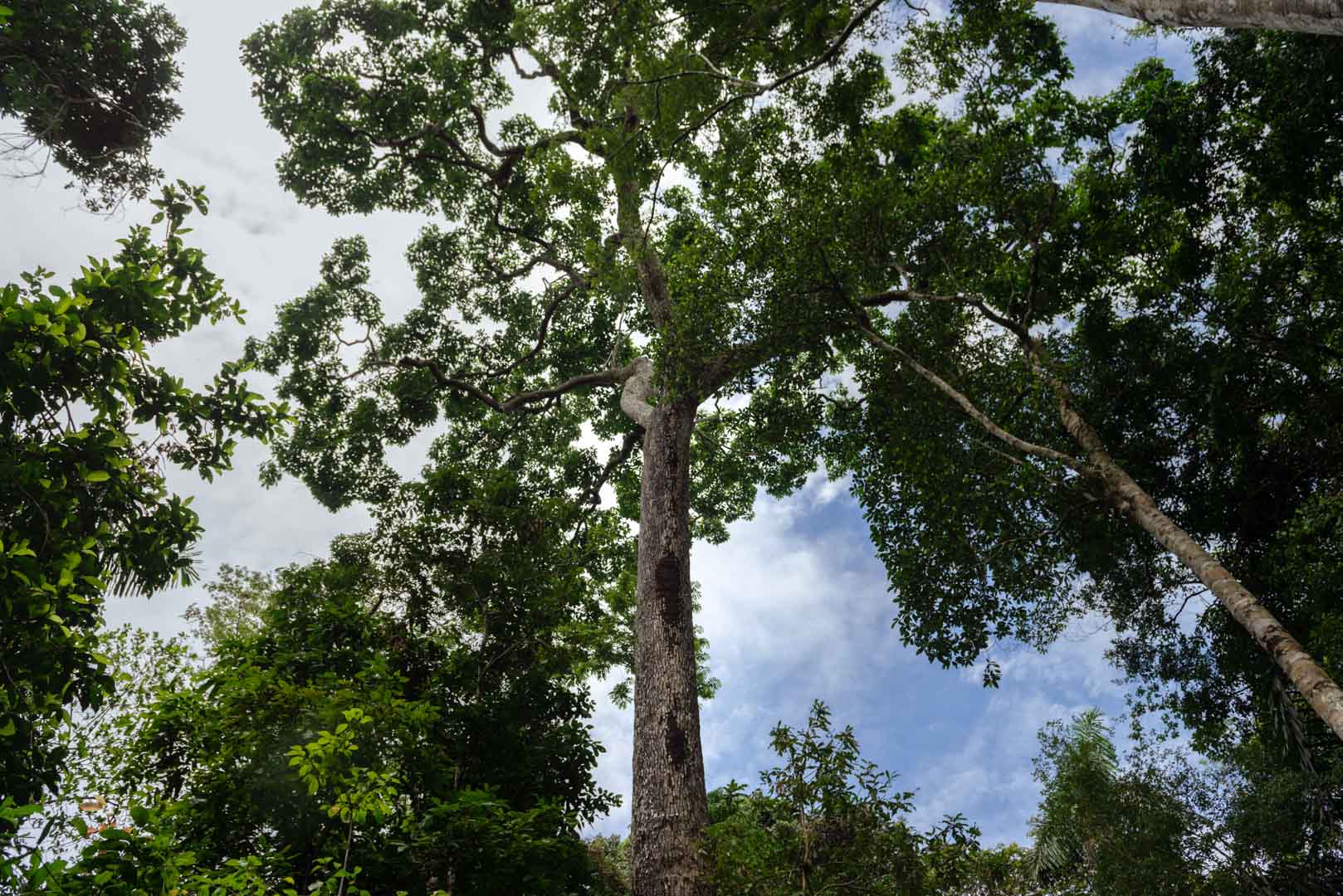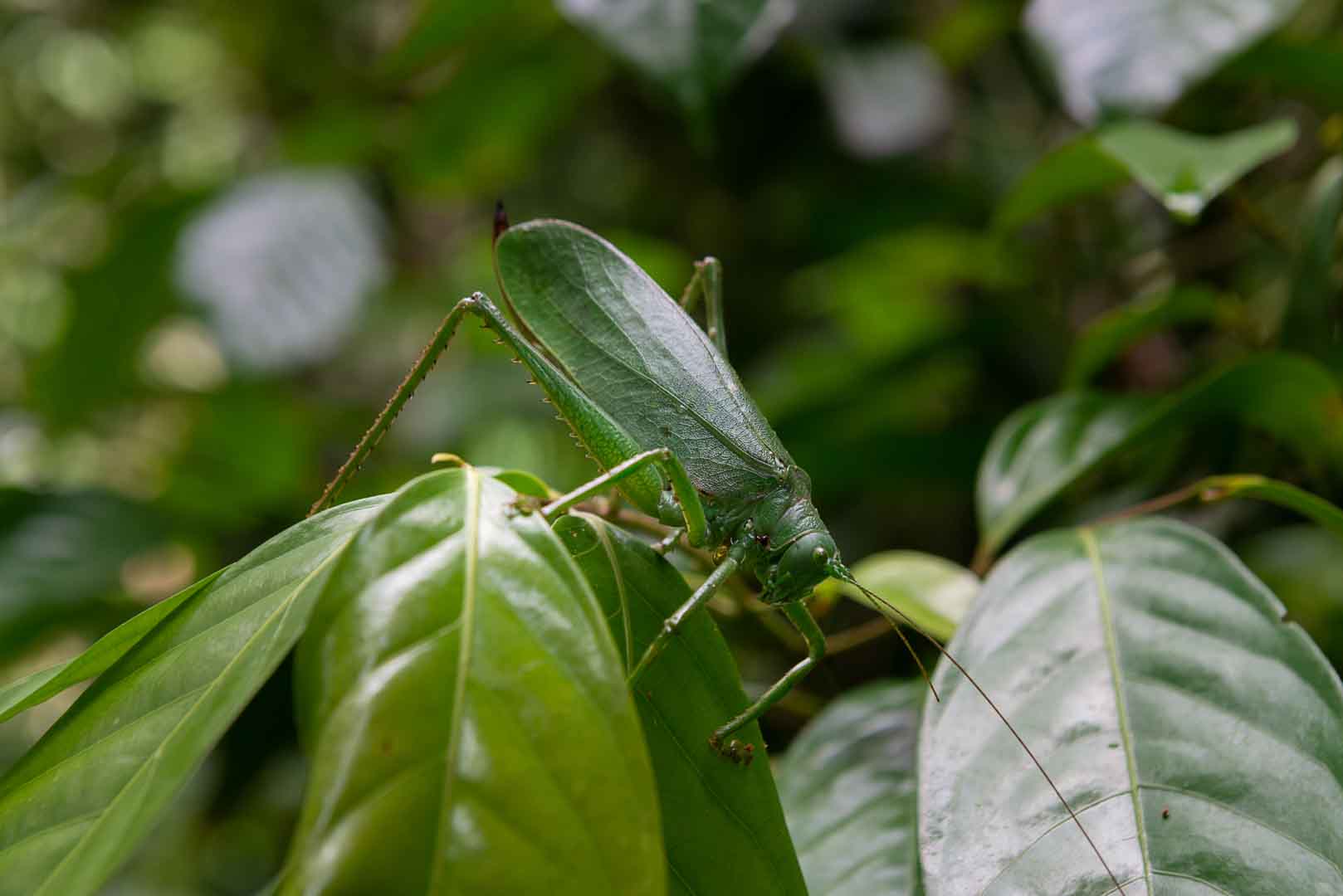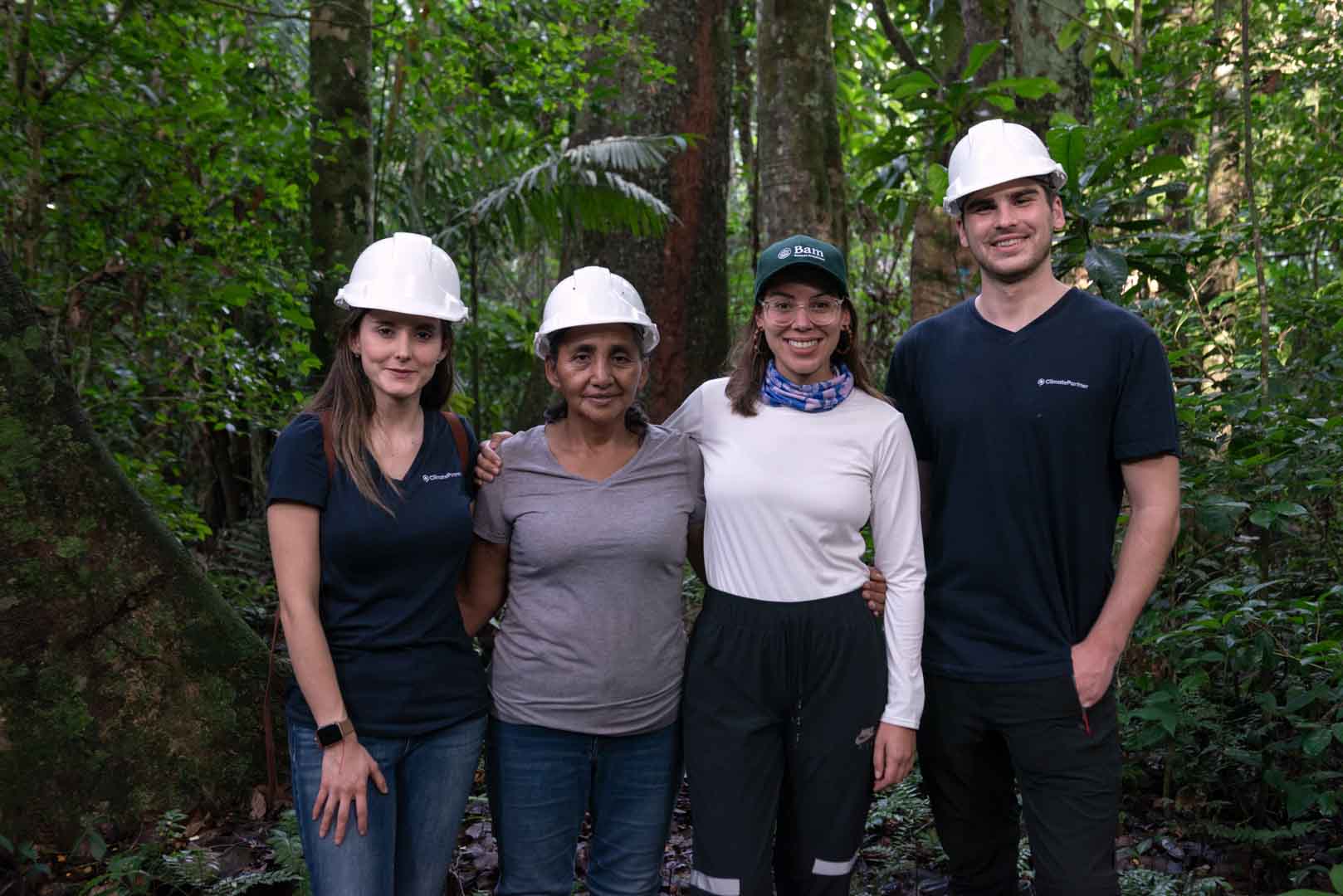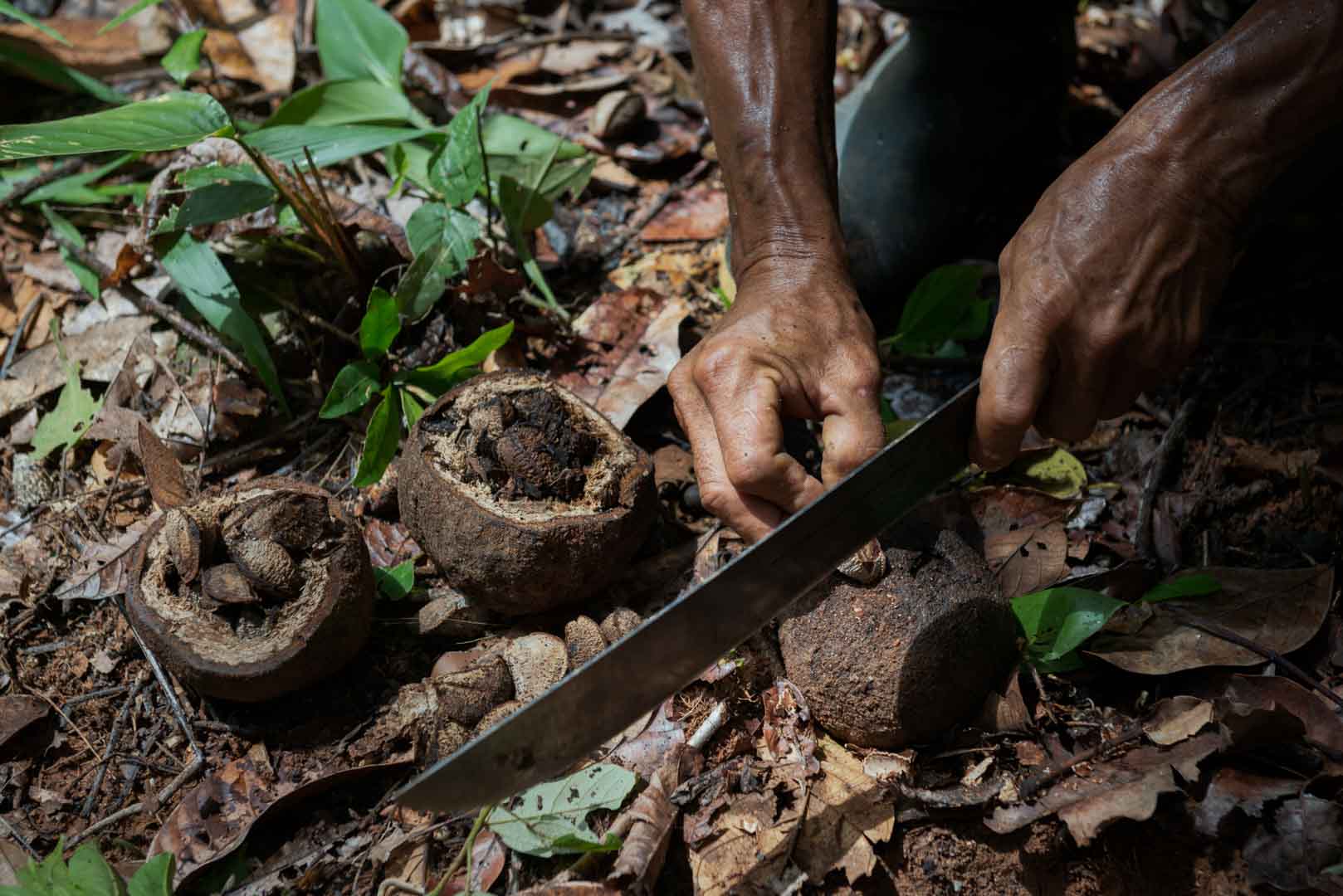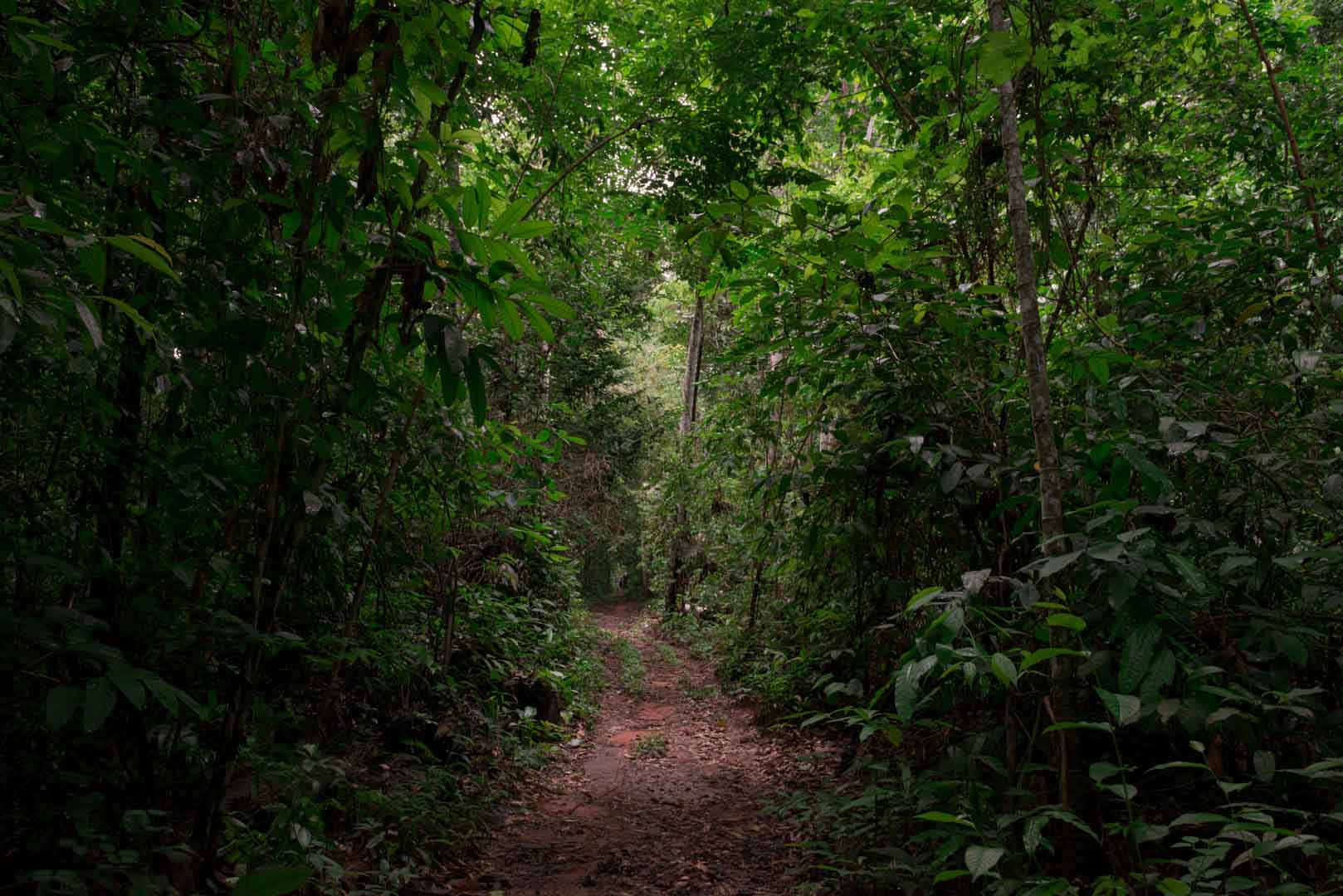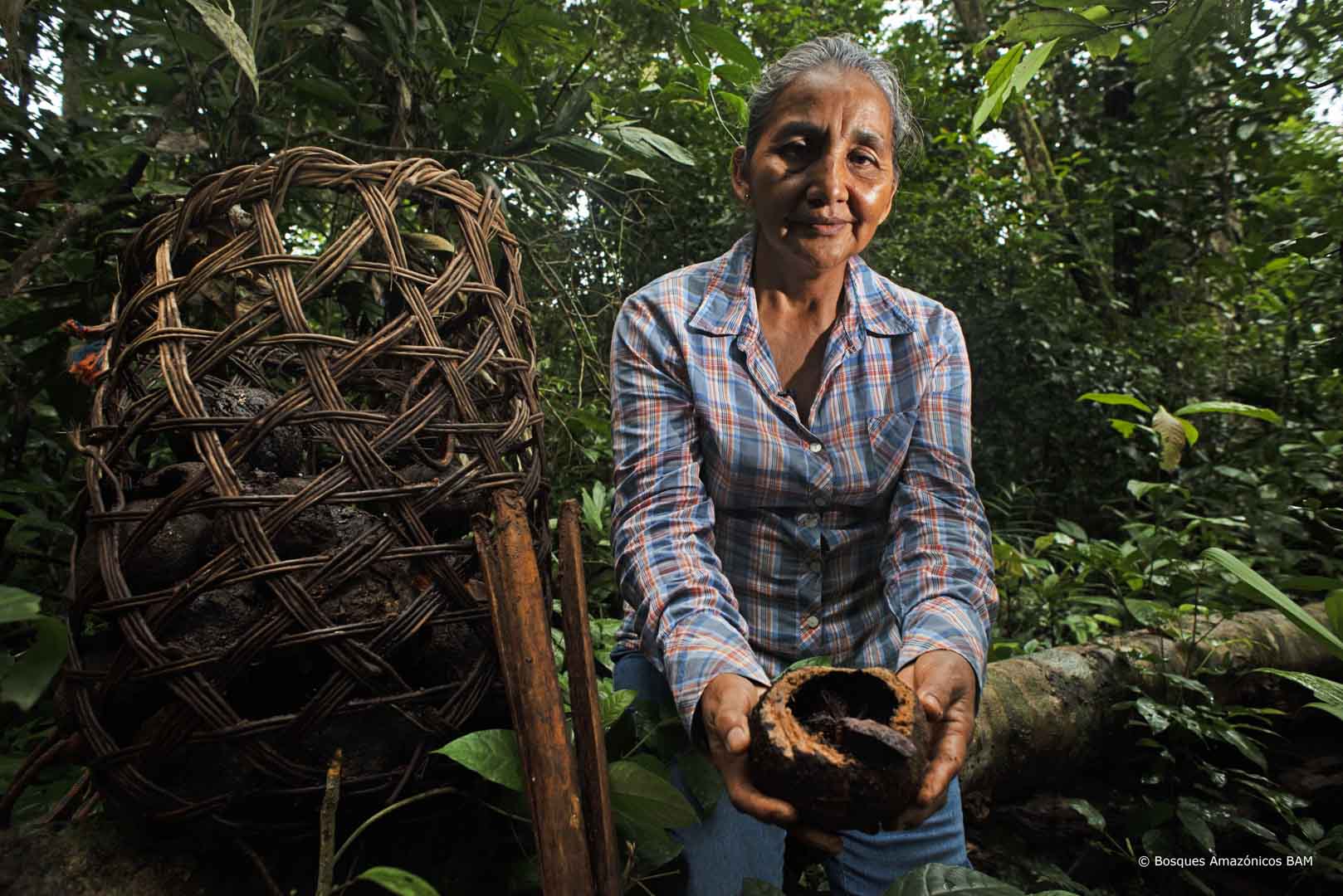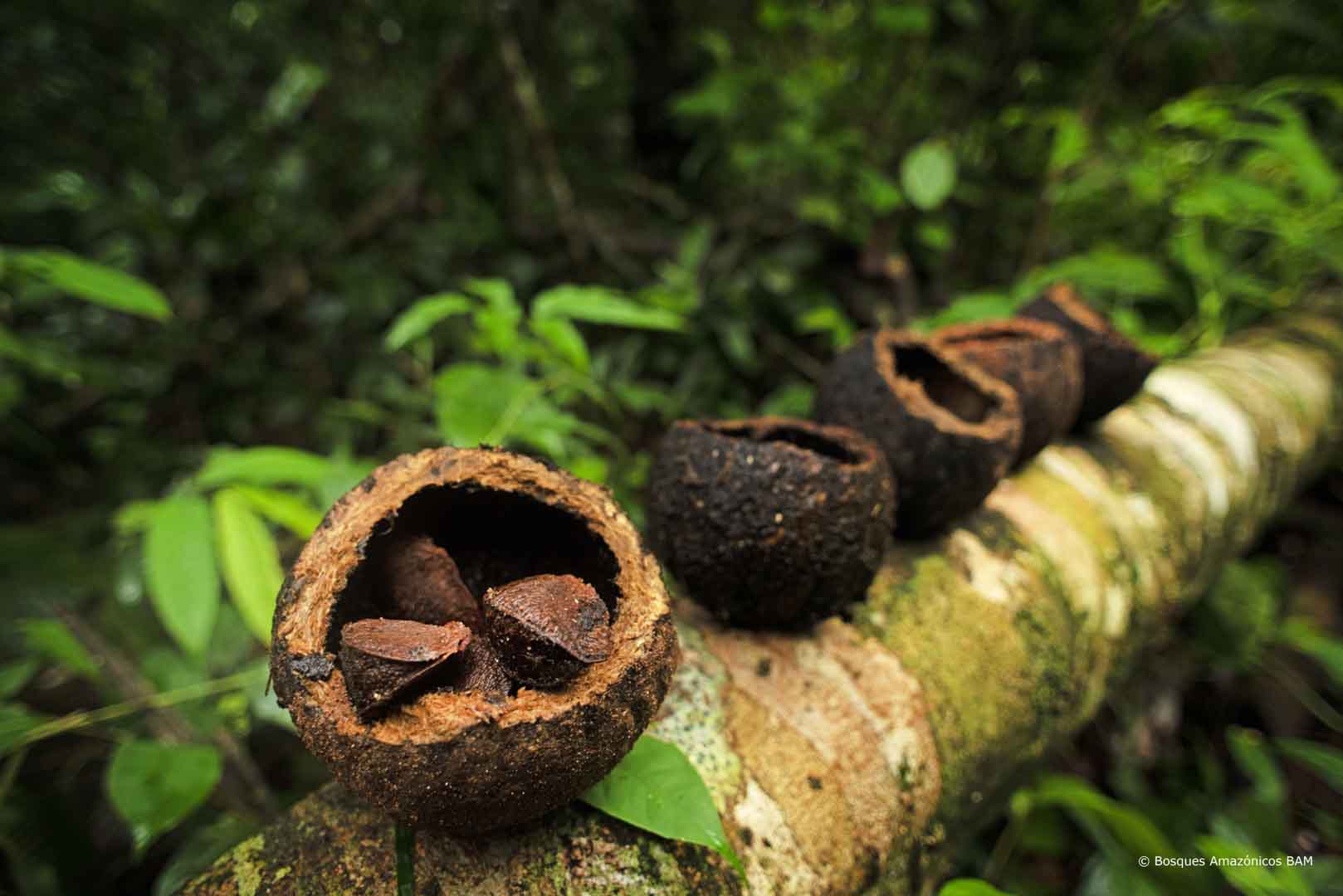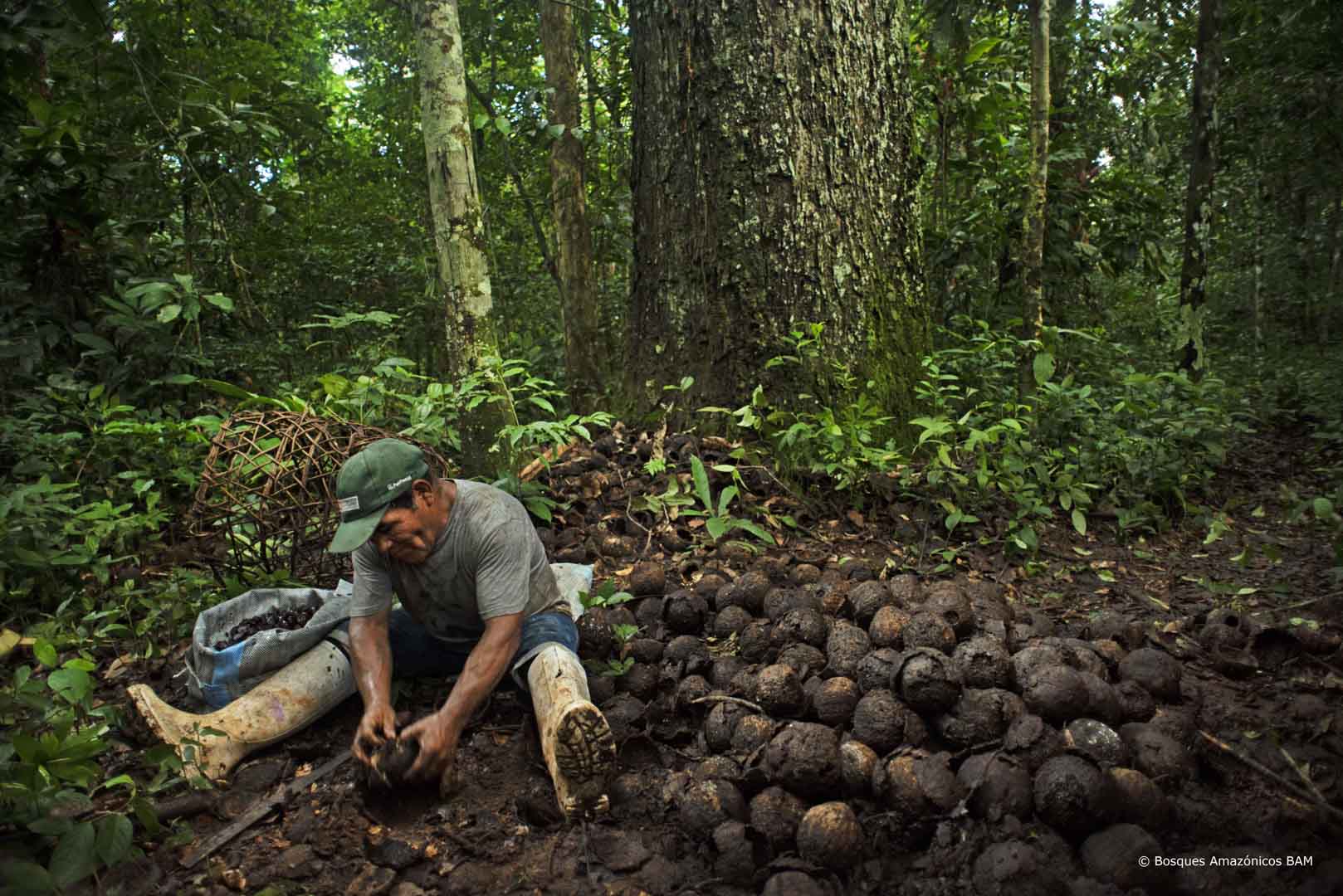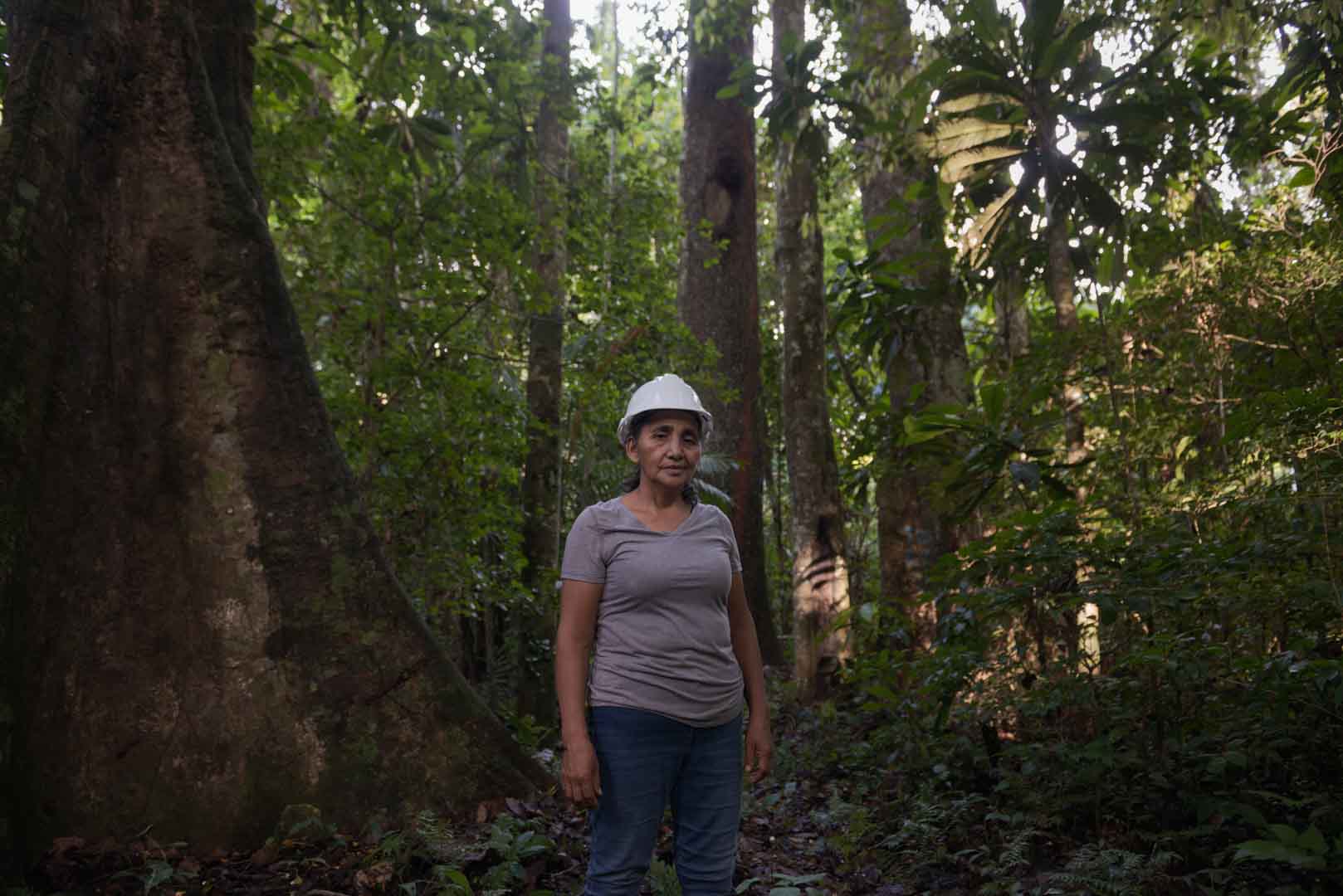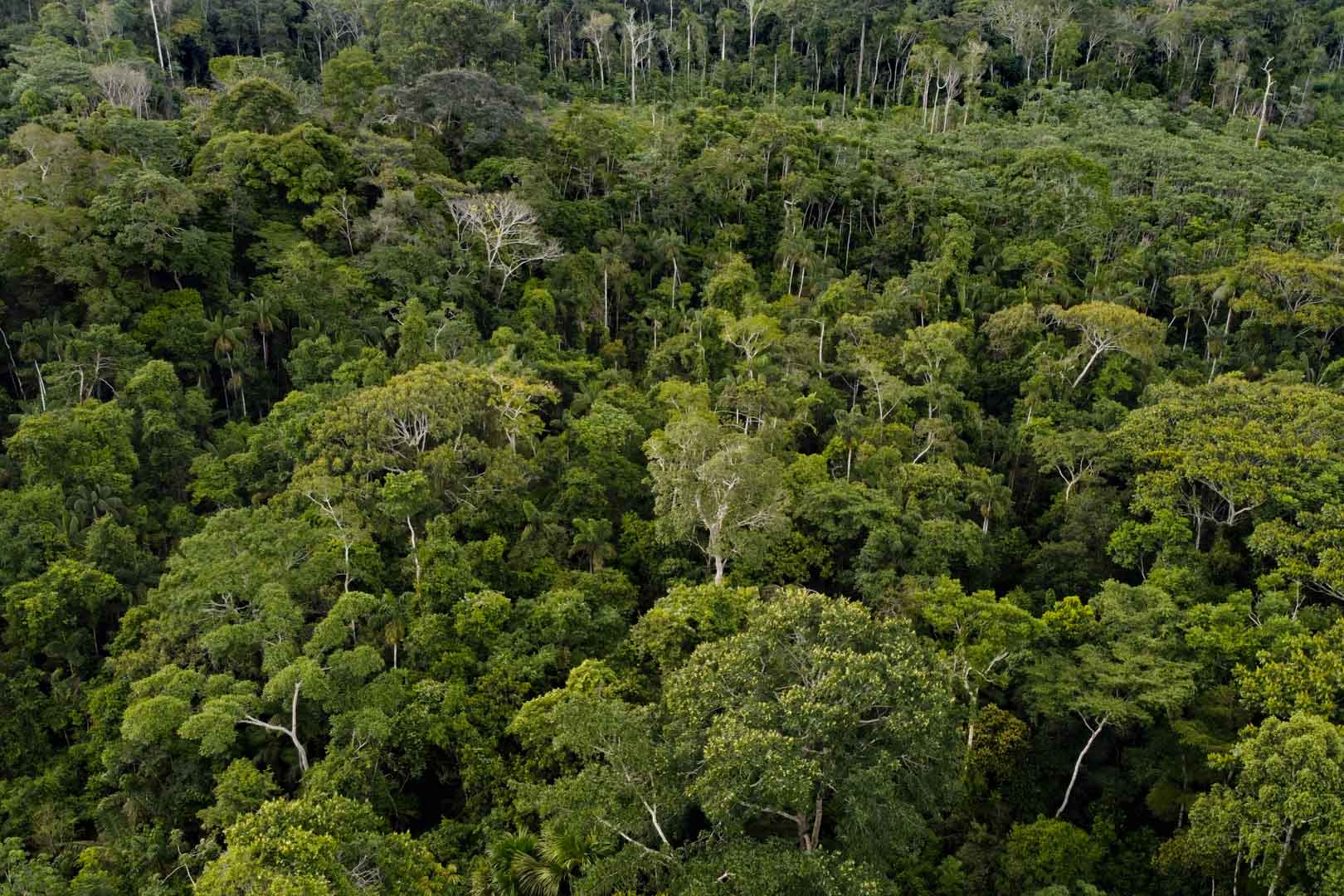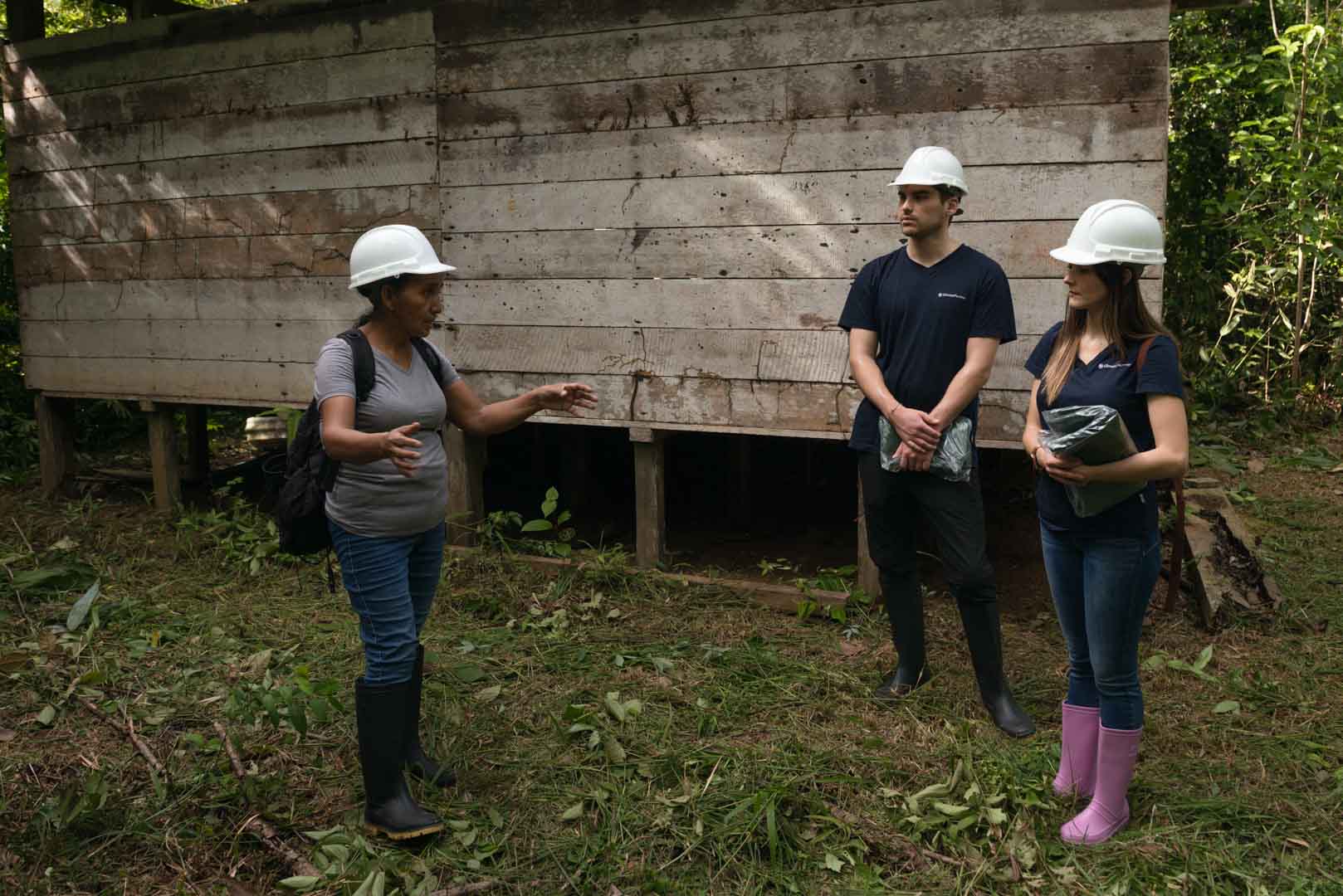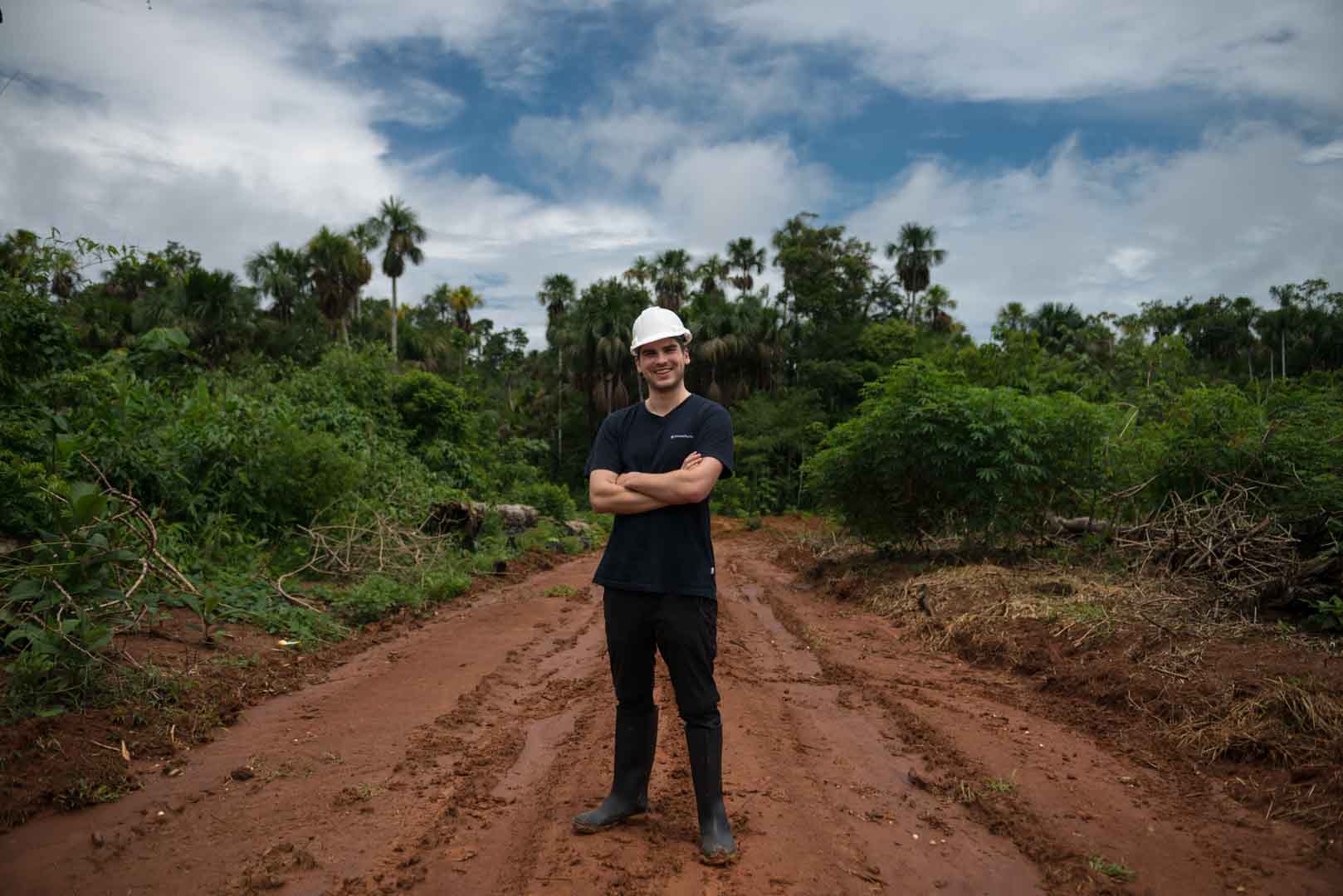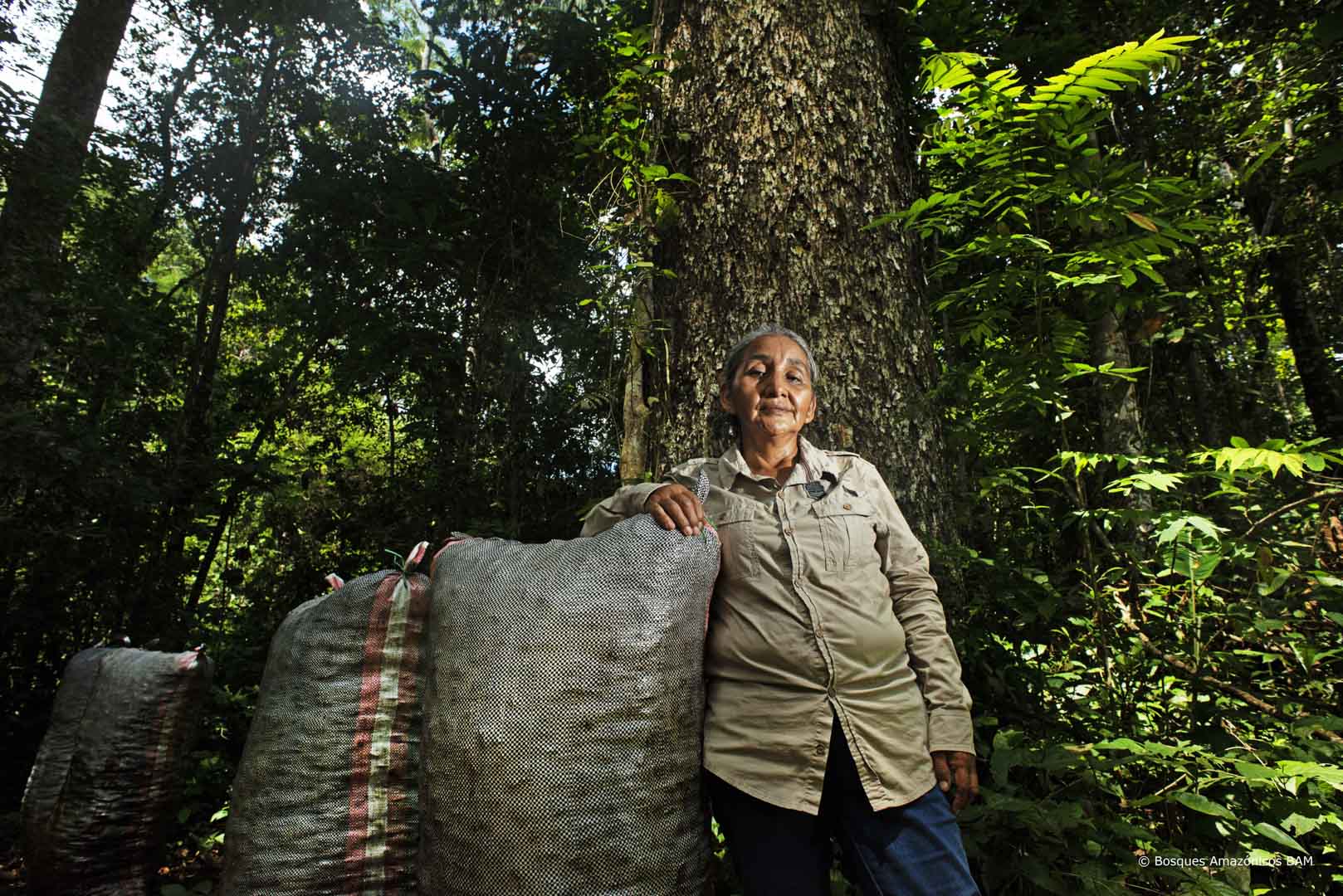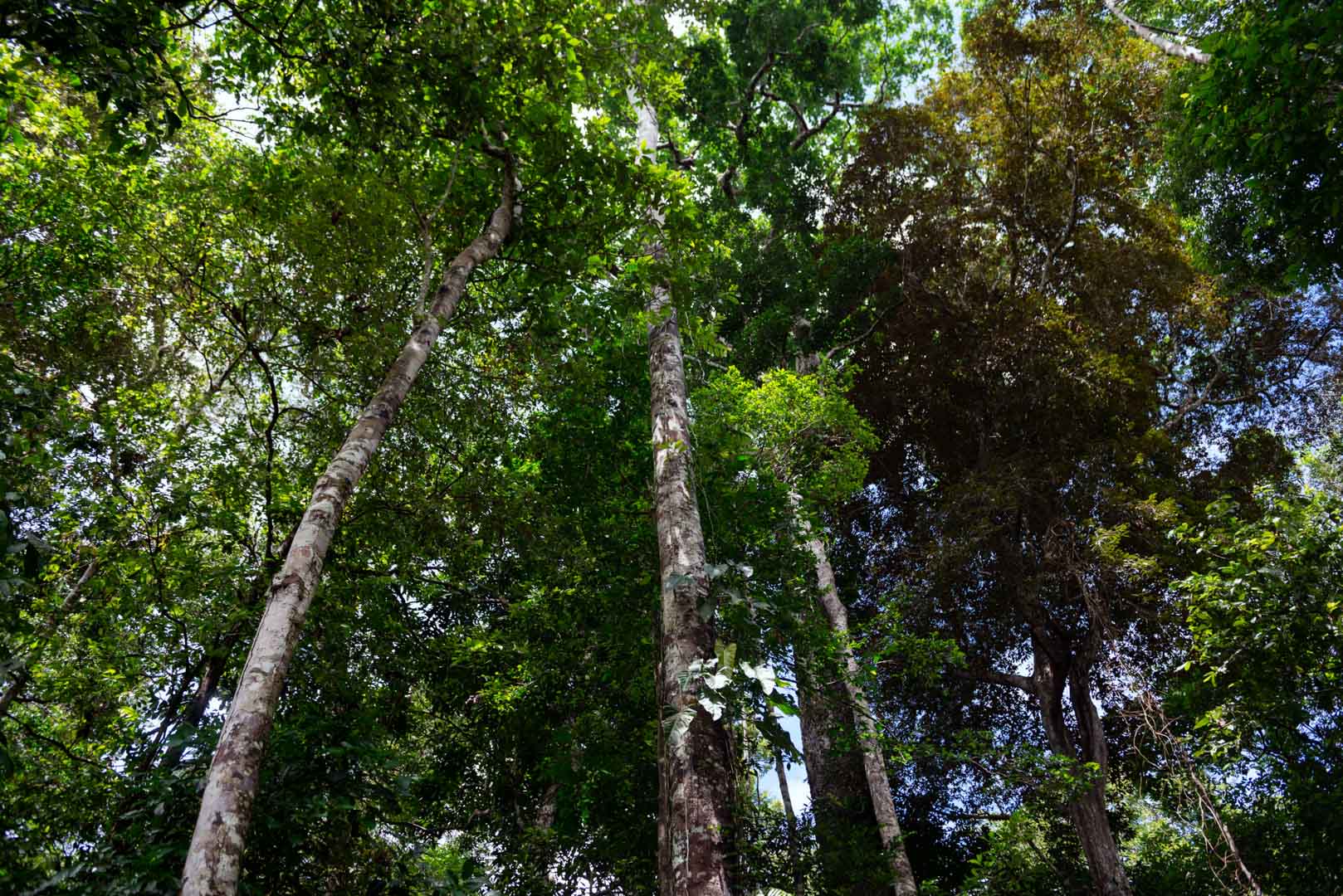Forest protection with sustainable Brazil nut cultivation
The project in Tambopata, in the south-eastern part of the Peruvian region Madre de Dios, is dedicated to conserving the Amazon rainforest. Through a variety of project activities, it supports Brazil nut farmers in protecting the forest and promoting the Brazil nut harvest as a source of income. Examples of project activities are the geographical marking of the project area sections, trainings on Brazil nut harvesting or the provision of tools.
Prior to the start of the forest protection project in 2009, several factors led to increasing deforestation. Among others, the construction of the Interoceanic Highway (IOH) was a crucial factor. With the resulting resettlement of people and better access, there was a demonstrable risk that rainforest would be increasingly cut down.
All information on the project comes from the publicly accessible register documents./a/sub

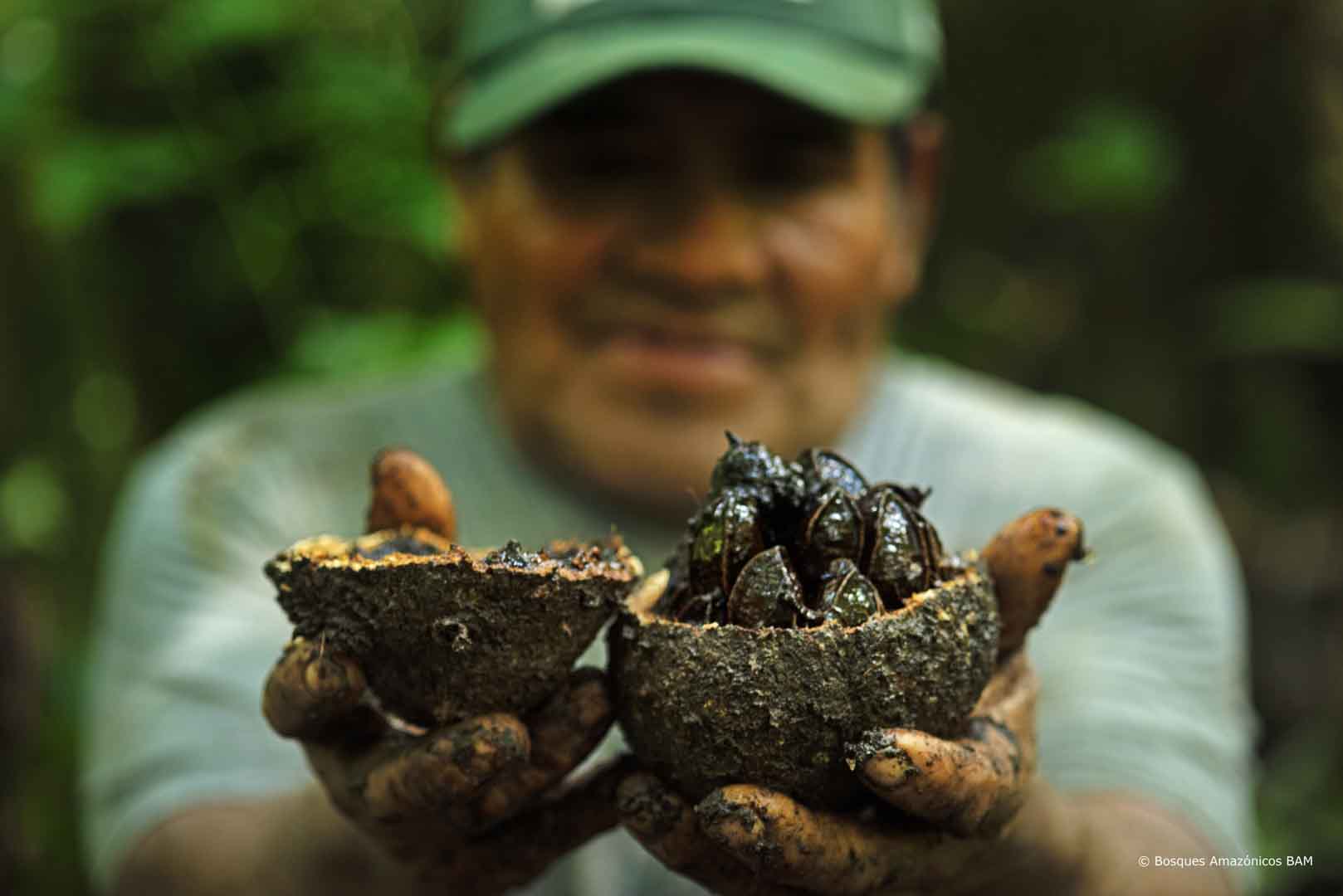
Forests are not only among the planet's most important carbon reservoirs. They also are home to an enormous diversity of species and are the livelihood for all people. However, global forest areas have declined sharply in recent decades due to increasing settlement, agricultural use, illegal logging and mining.
Forest protection projects ensure that forests are preserved in the long term and that the protection of forests is given a higher value than their deforestation. Together with the local population, project participants protect the area from negative influences. To allow for this the projects create alternative sources of income and educational opportunities. Depending on the project region, forests store varying amounts of carbon per hectare. Particularly high amounts of carbon are stored in the vegetation and soil of tropical swamp forests, primary rainforests, or mangroves. Forest protection projects in the ClimatePartner portfolio are registered with international standards.
Explore our projects
Biochar for Climate Action, Healthy Soils, and Better Harvests

A certified climate project combined with additional commitment

Expansion of renewable energy generation in Asia
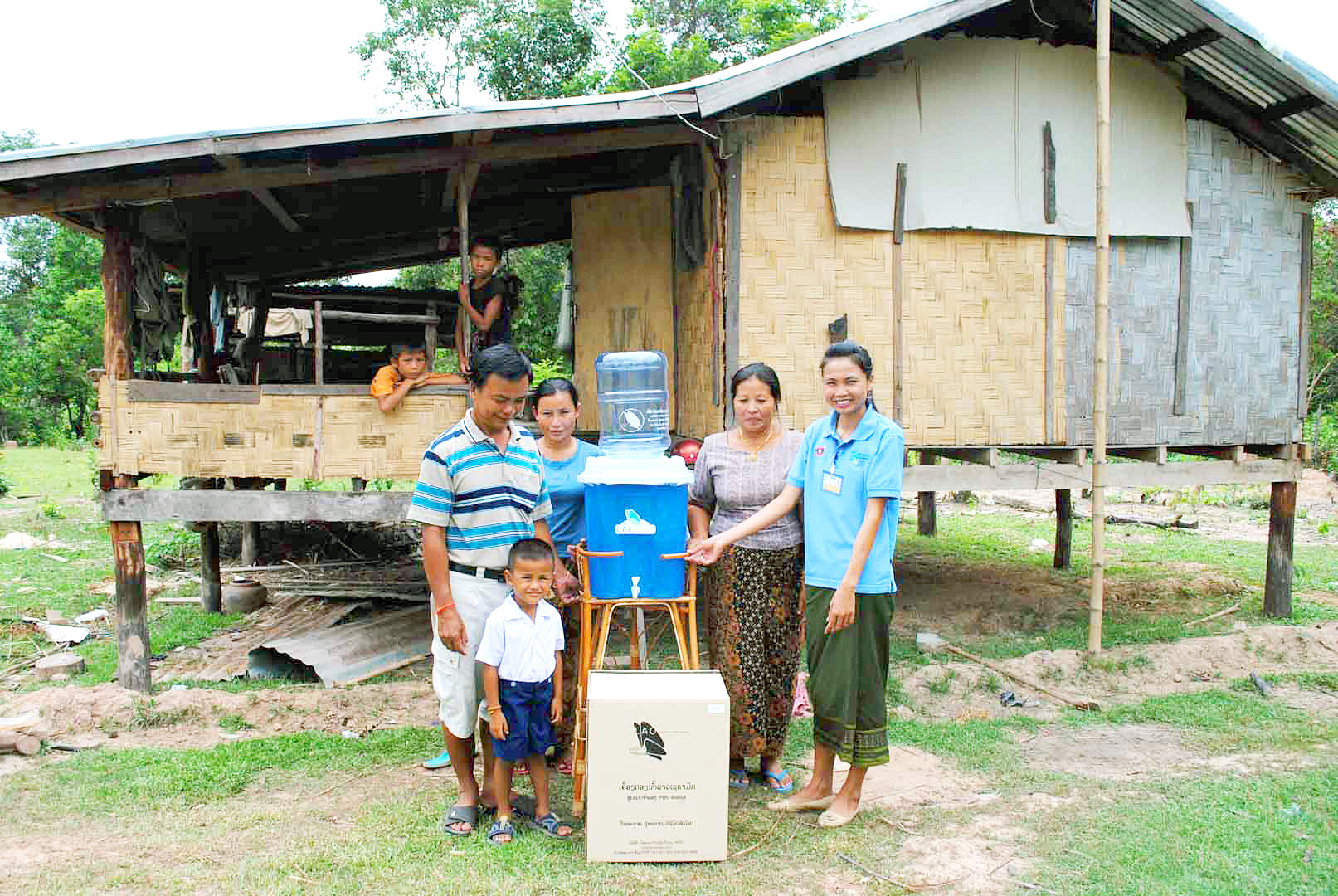
Ceramic water filters save CO2 and improve health
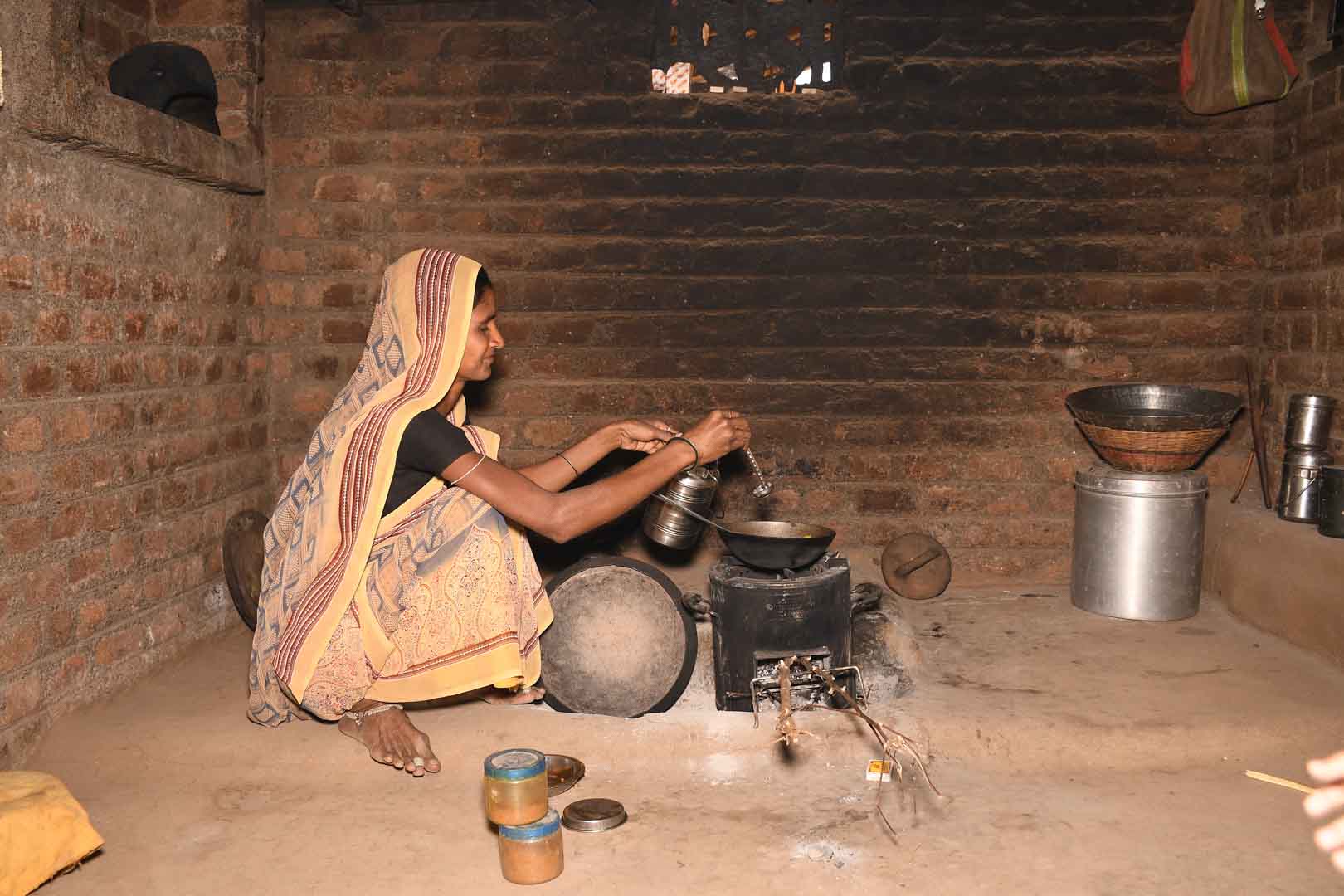
Improved cookstoves worldwide – for better health and cleaner air

A certified climate project combined with additional commitment
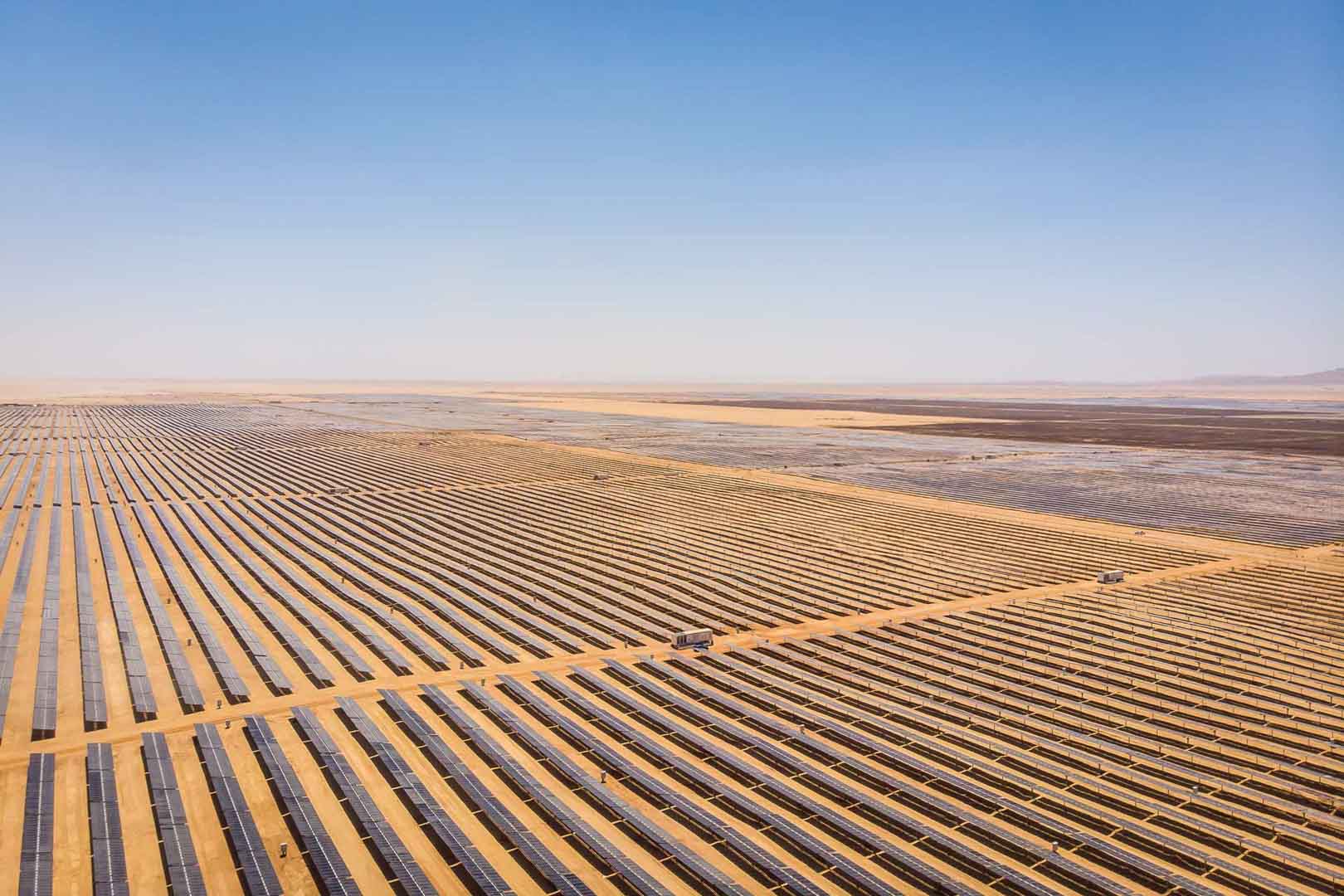
Powering access to renewable energy in Africa
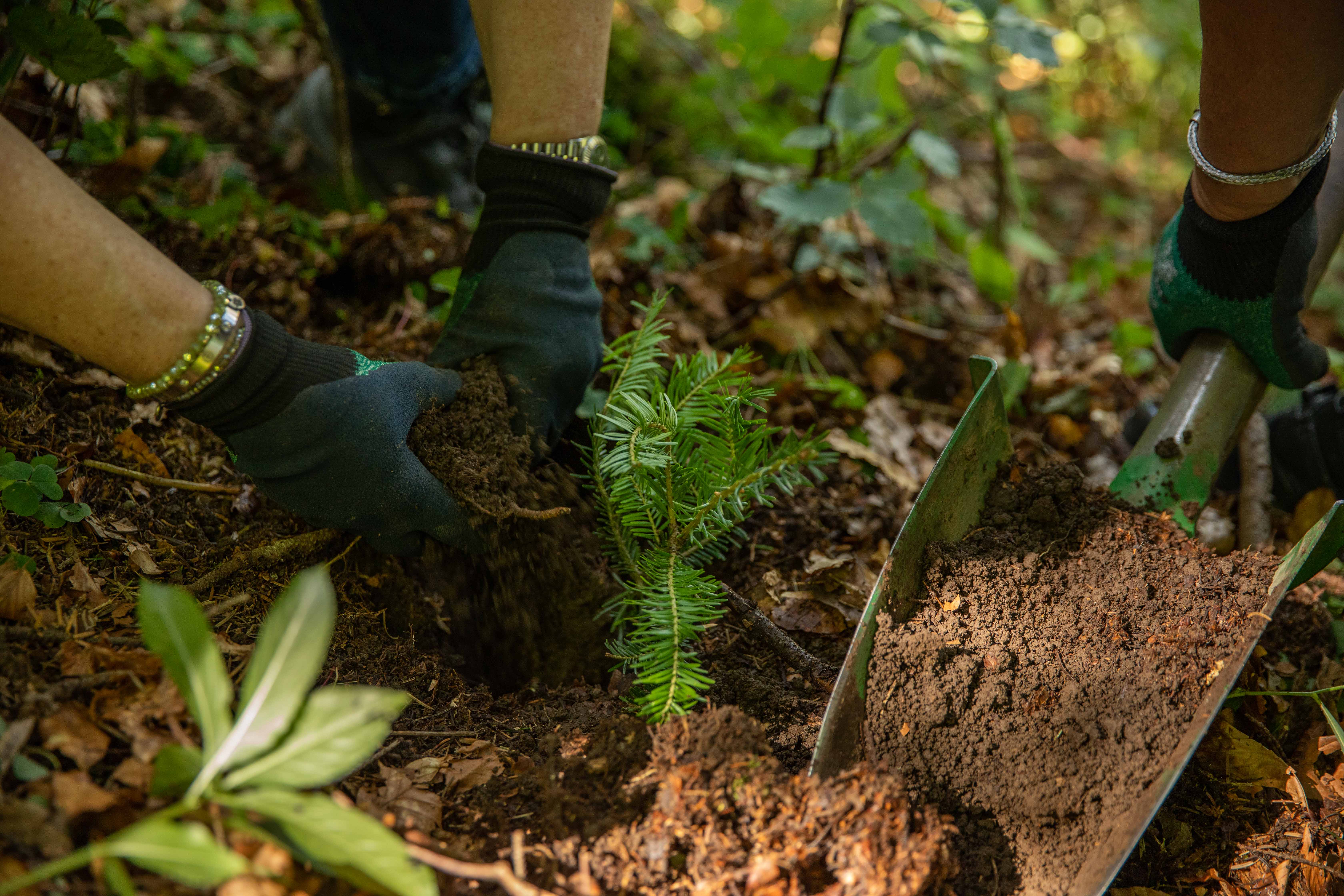
A certified climate project combined with additional commitment
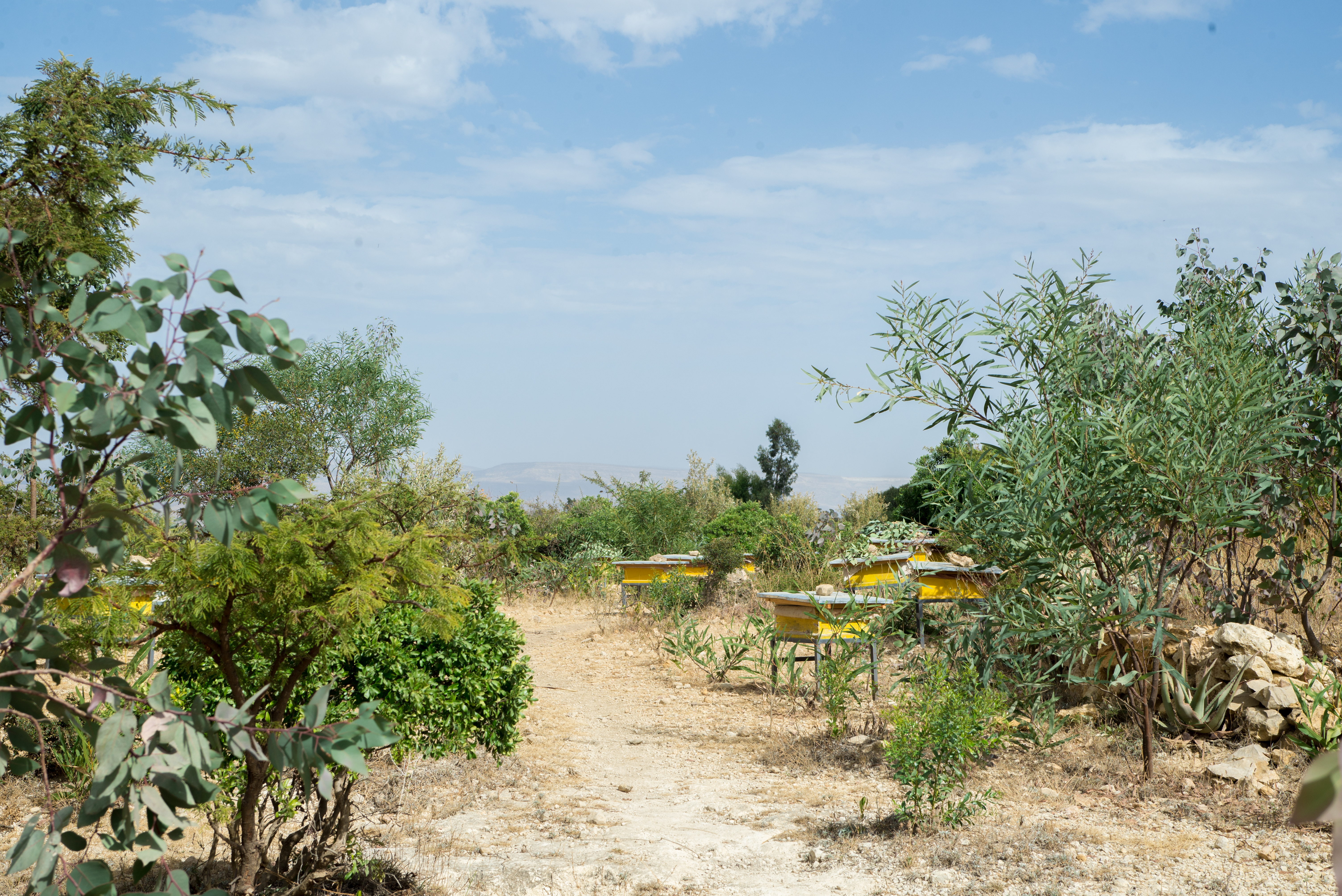
Restored ecosystems remove carbon
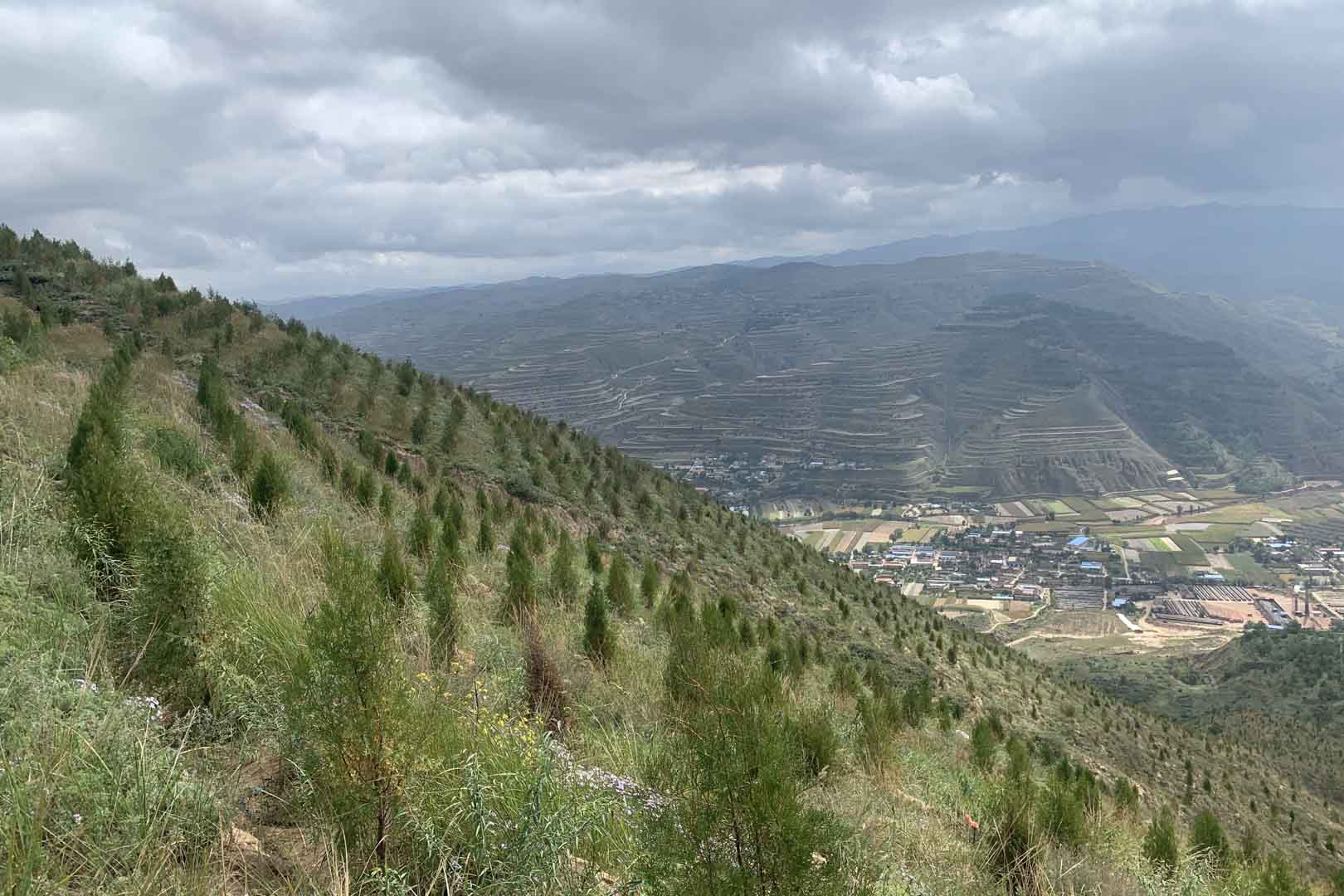
Turning degraded farmlands into healthy ecosystems
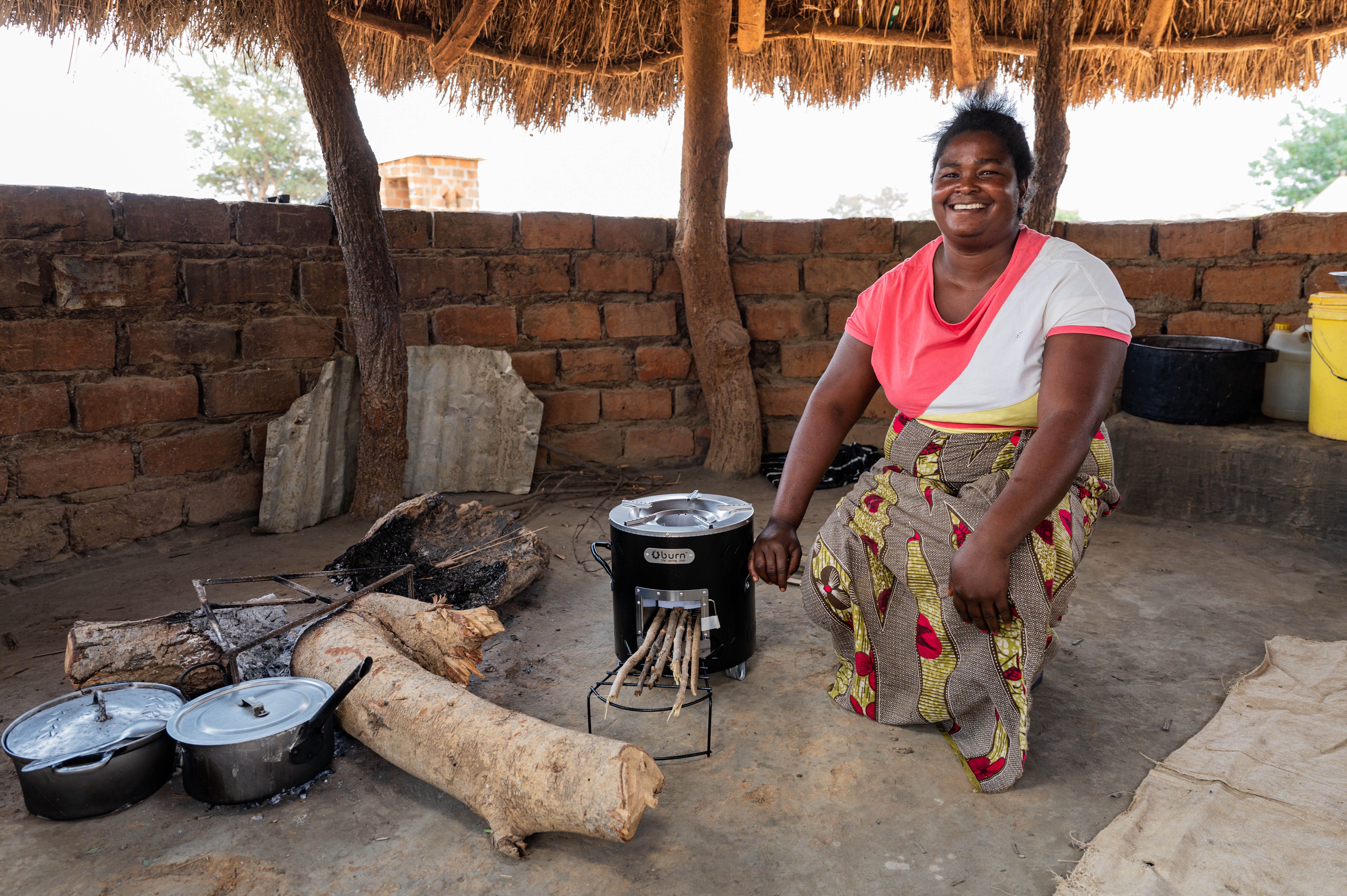
Improved cookstoves - better for health and the environment
